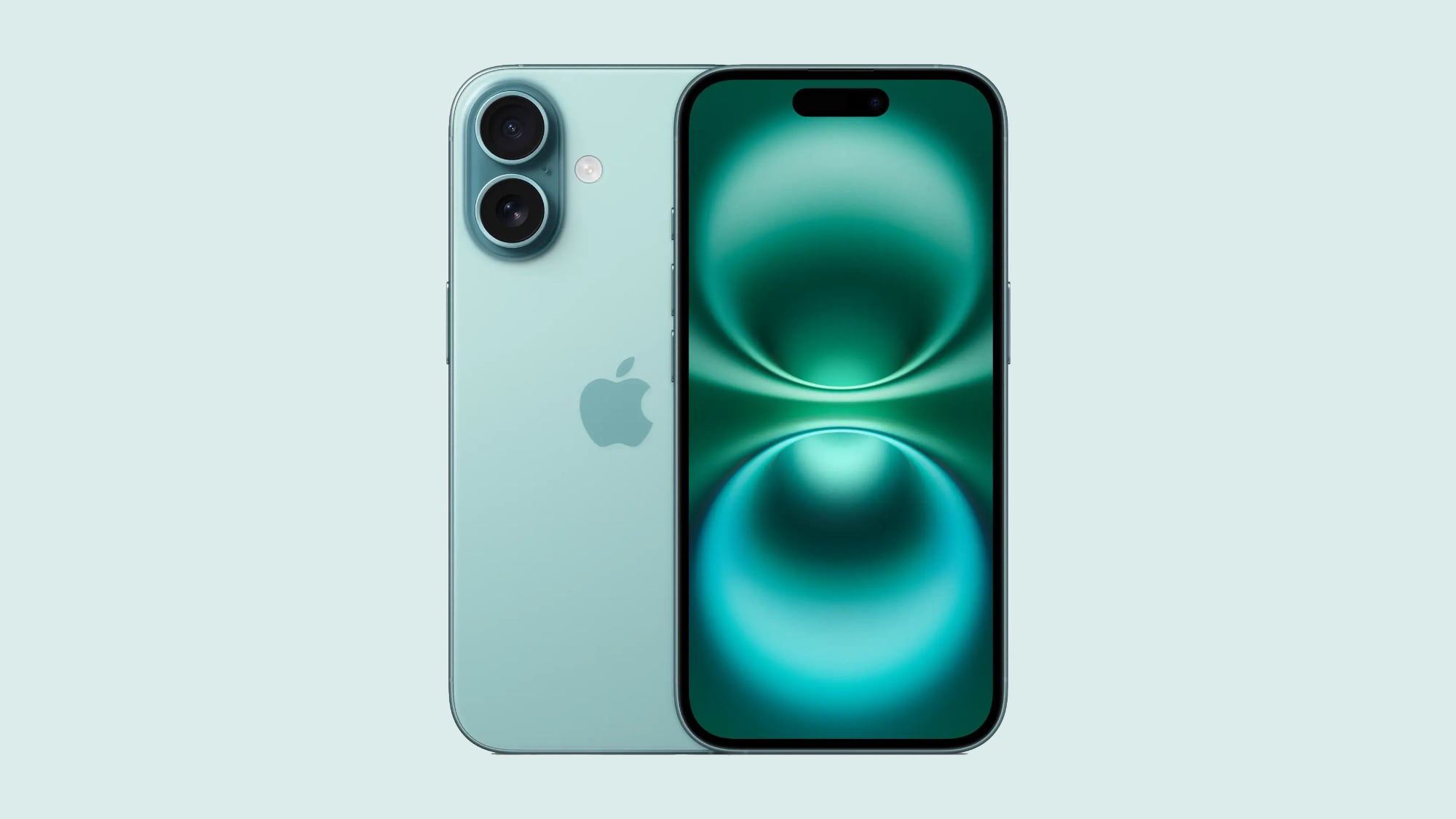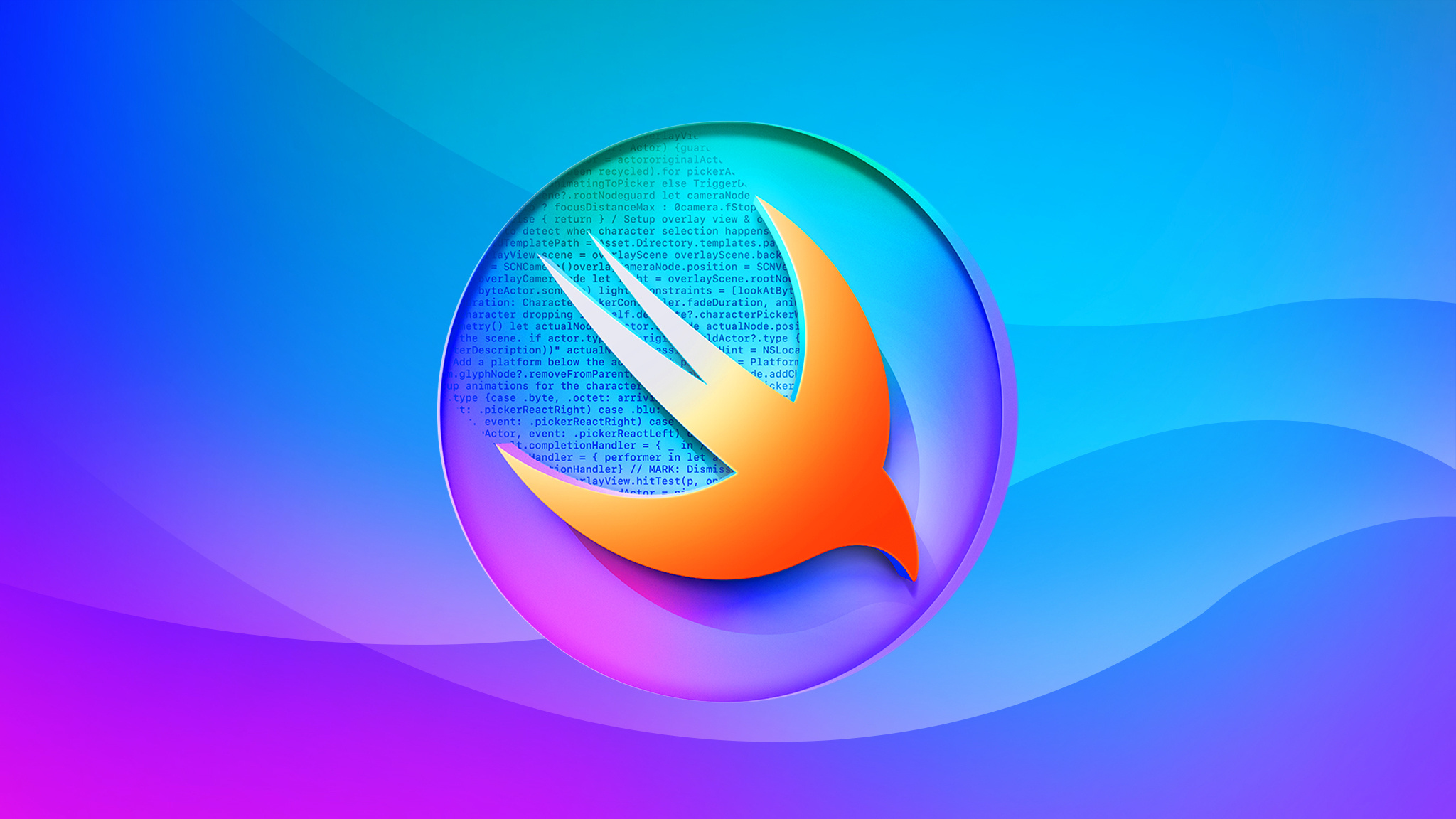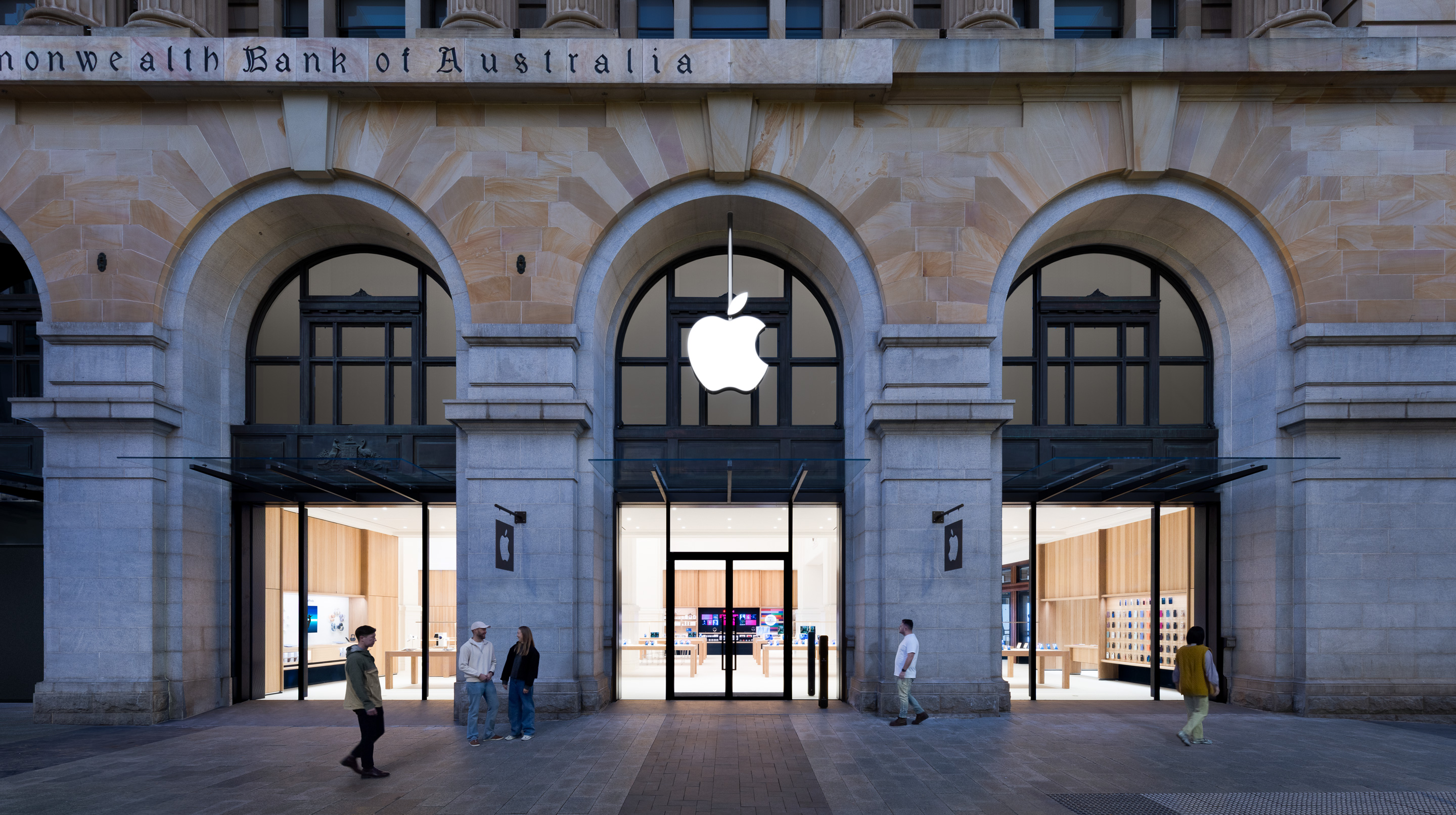Apple Surveys Vision Pro Users About Competing Headsets and Smart Glasses
Apple today sent out surveys to some Vision Pro users, asking them a series of questions about the utility of various features, owned accessories, and most interestingly, competing devices.
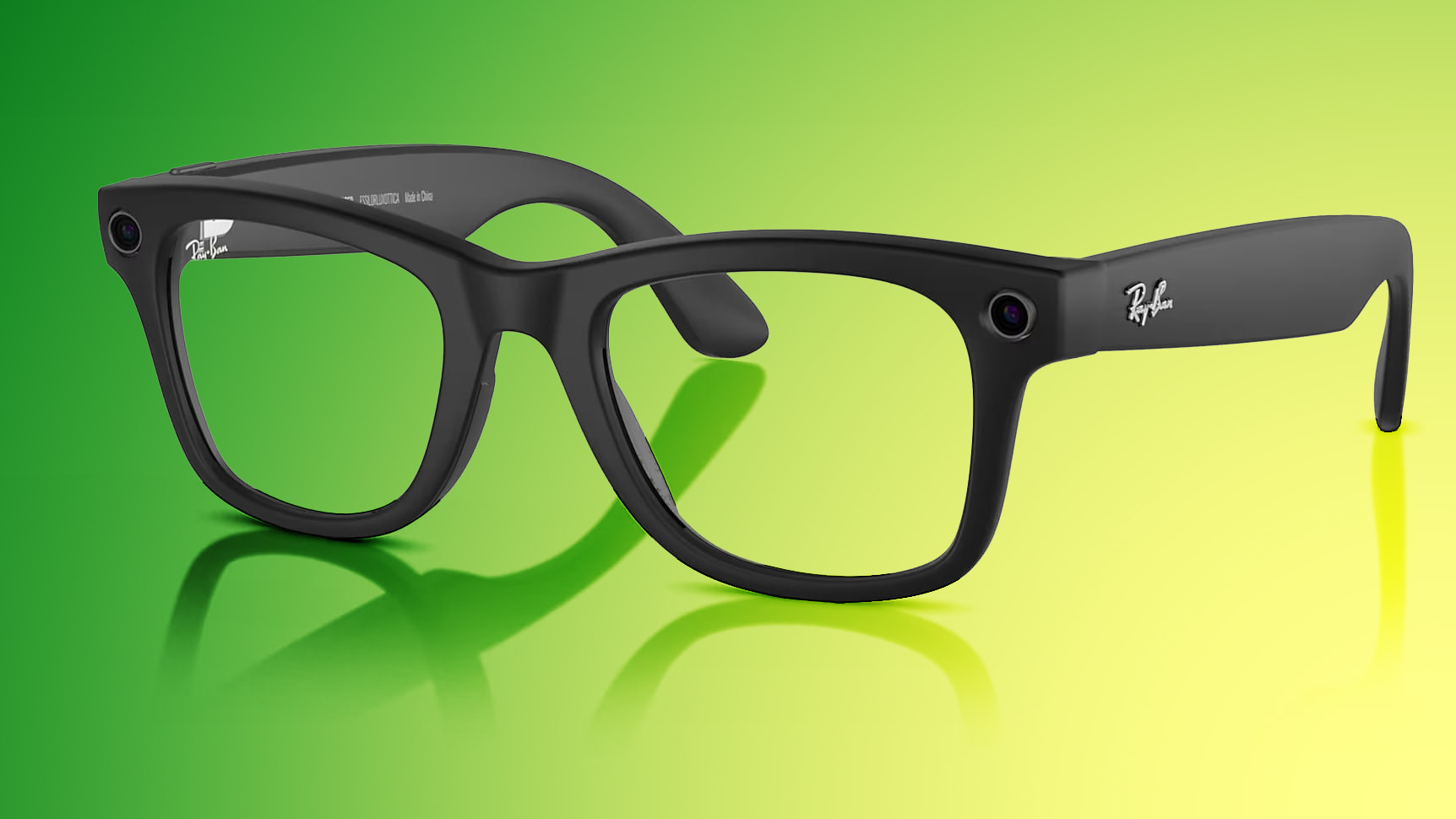
Much of the survey asked for feedback on screen resolution, fit, and other factors, but there are some highlights. Apple asked about Guest Mode, whether the Vision Pro iPhone app is useful, and what accessories, if any, are used with the headset.
There were specific questions about competing mixed reality and virtual reality headsets, along with a question about smart glasses. Users were asked if they owned the following: Meta Quest 3, Meta Quest Pro, Other Meta Quest headset, PlayStation VR, Valve Index, or ByteDance Pro. As for smart glasses, Apple asked about the Meta Ray-Ban smart glasses, the Amazon Echo Frames, and the Snapchat Spectacles.
The PlayStation VR and Meta Quest devices are Vision Pro competitors, but Apple does not have a product that is the equivalent of the Meta Ray-Bans or Amazon Echo Frames as of now. Apple wants to compete with those products, though, and rumors suggest that it is developing smart glasses that will be similar in function and form to the Meta Ray-Bans.
Over the weekend, Apple analyst Ming-Chi Kuo said that Apple will release its first smart glasses in 2027, though other sources like Bloomberg's Mark Gurman believe they will launch in 2026.
Kuo says the smart glasses will have multiple frame and temple material options for a custom look, along with support for voice control, gesture recognition, and audio playback. Integrated cameras will allow users to capture photos and videos, with the cameras also feeding information to a built-in AI assistant that will have environmental awareness. The 2027 smart glasses will be followed by "XR Glasses" with an integrated display for augmented reality features.
As for the Vision Pro, a revised model could come as soon as this year, with Apple adding an M5 chip but no other features. In 2027, Kuo claims Apple will release the "Apple Vision Air," a new Vision Pro model that's "substantially lighter" and less expensive, incorporating an iPhone chip instead of a Mac chip. In 2028, Apple is planning for the second-generation Vision Pro with an overhauled design, Mac-grade processor, and lower price.
This article, "Apple Surveys Vision Pro Users About Competing Headsets and Smart Glasses" first appeared on MacRumors.com
Discuss this article in our forums

Much of the survey asked for feedback on screen resolution, fit, and other factors, but there are some highlights. Apple asked about Guest Mode, whether the Vision Pro iPhone app is useful, and what accessories, if any, are used with the headset.
There were specific questions about competing mixed reality and virtual reality headsets, along with a question about smart glasses. Users were asked if they owned the following: Meta Quest 3, Meta Quest Pro, Other Meta Quest headset, PlayStation VR, Valve Index, or ByteDance Pro. As for smart glasses, Apple asked about the Meta Ray-Ban smart glasses, the Amazon Echo Frames, and the Snapchat Spectacles.
The PlayStation VR and Meta Quest devices are Vision Pro competitors, but Apple does not have a product that is the equivalent of the Meta Ray-Bans or Amazon Echo Frames as of now. Apple wants to compete with those products, though, and rumors suggest that it is developing smart glasses that will be similar in function and form to the Meta Ray-Bans.
Over the weekend, Apple analyst Ming-Chi Kuo said that Apple will release its first smart glasses in 2027, though other sources like Bloomberg's Mark Gurman believe they will launch in 2026.
Kuo says the smart glasses will have multiple frame and temple material options for a custom look, along with support for voice control, gesture recognition, and audio playback. Integrated cameras will allow users to capture photos and videos, with the cameras also feeding information to a built-in AI assistant that will have environmental awareness. The 2027 smart glasses will be followed by "XR Glasses" with an integrated display for augmented reality features.
As for the Vision Pro, a revised model could come as soon as this year, with Apple adding an M5 chip but no other features. In 2027, Kuo claims Apple will release the "Apple Vision Air," a new Vision Pro model that's "substantially lighter" and less expensive, incorporating an iPhone chip instead of a Mac chip. In 2028, Apple is planning for the second-generation Vision Pro with an overhauled design, Mac-grade processor, and lower price.
Related Roundup: Apple Vision Pro
Tag: Apple Glasses
Buyer's Guide: Vision Pro (Neutral)
Related Forum: Apple Vision Pro
This article, "Apple Surveys Vision Pro Users About Competing Headsets and Smart Glasses" first appeared on MacRumors.com
Discuss this article in our forums

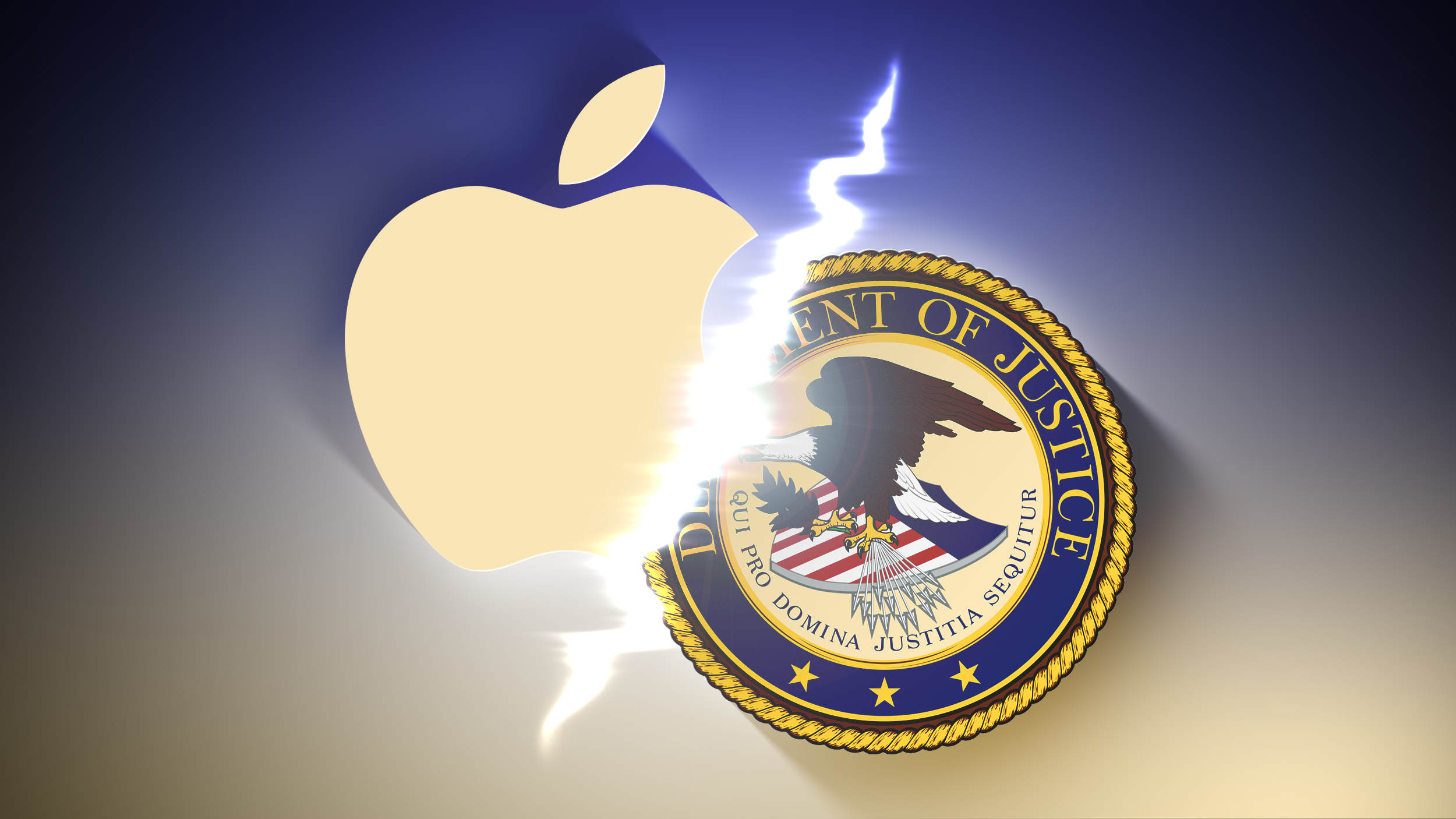

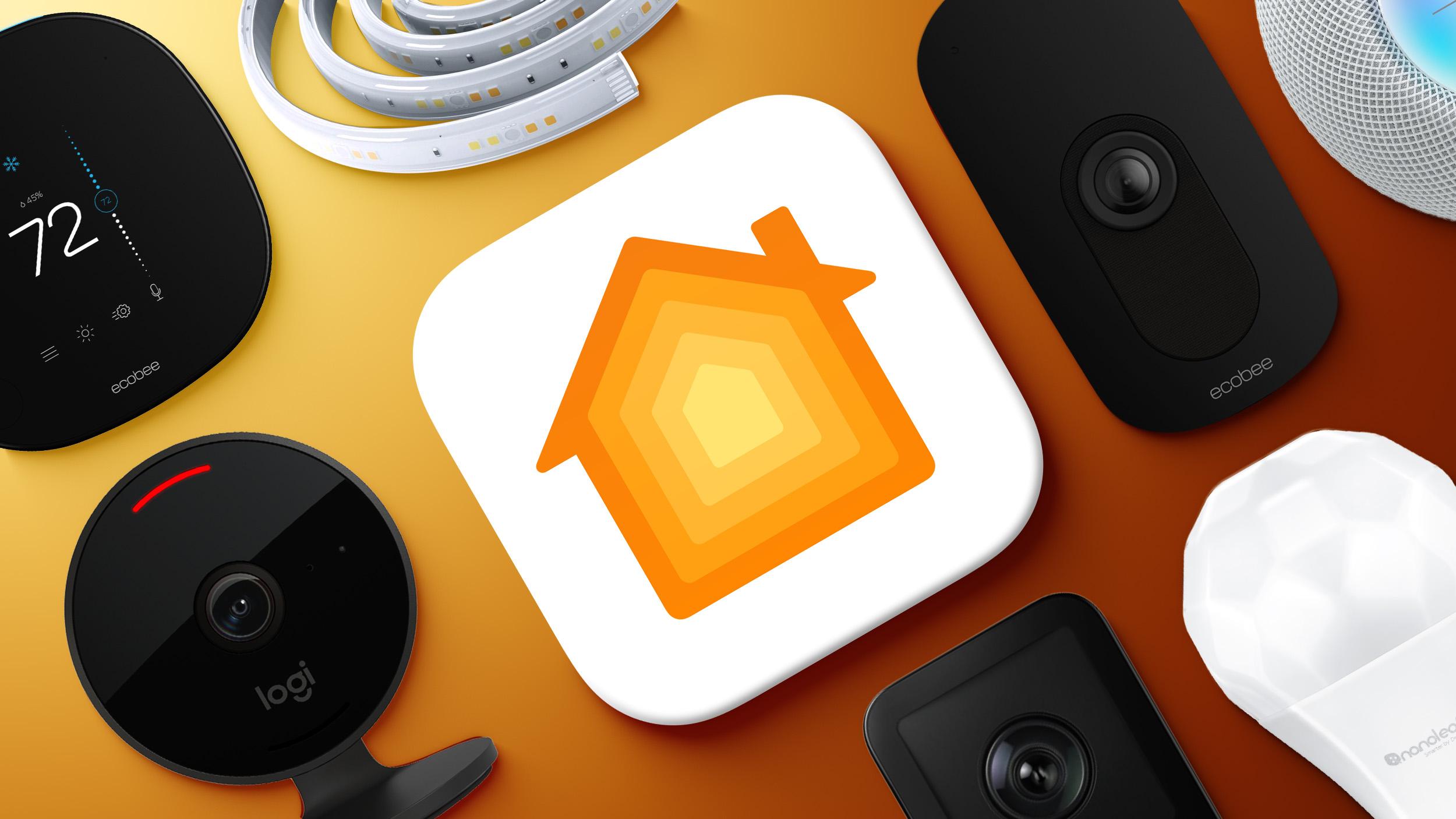
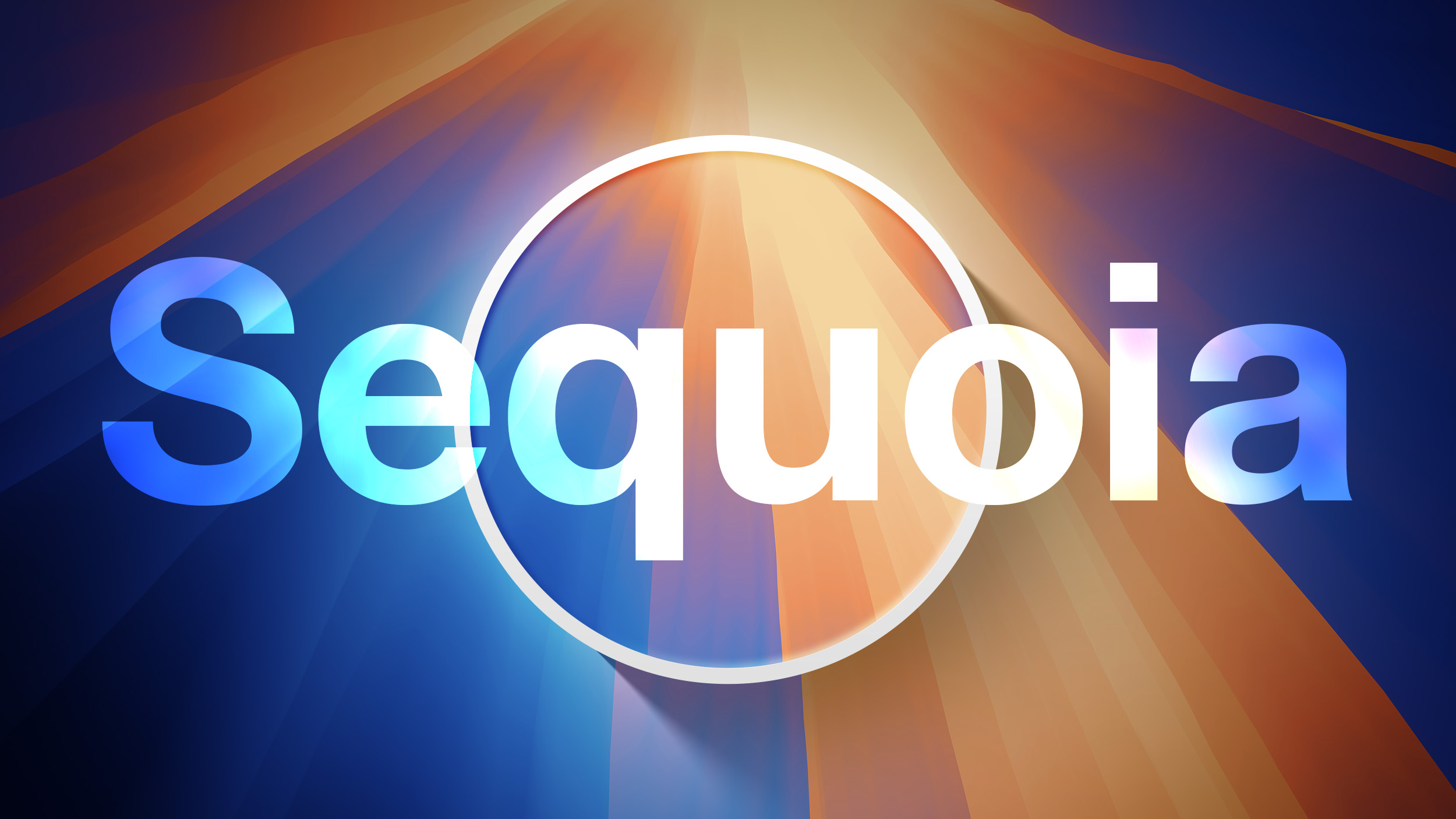
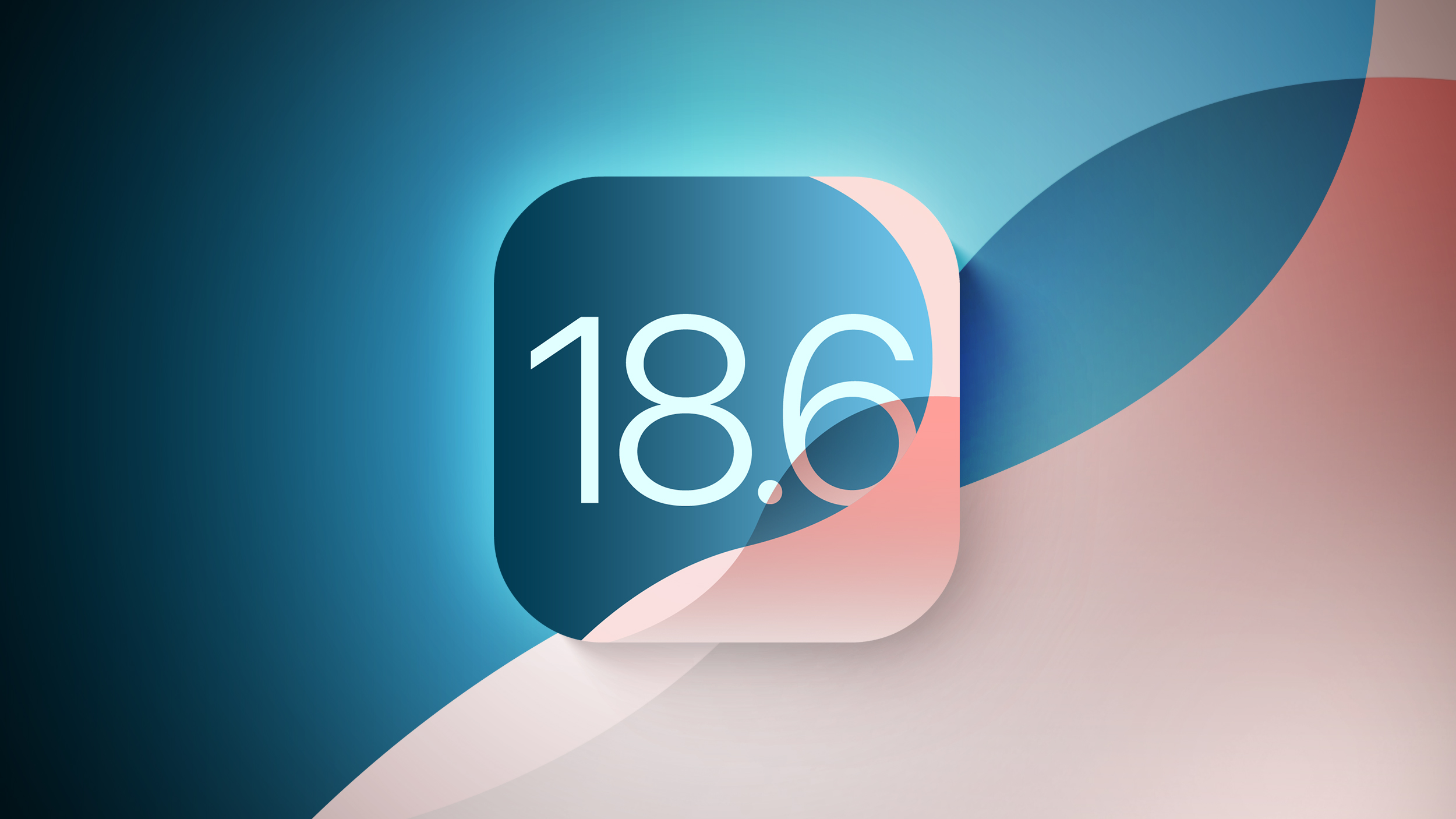
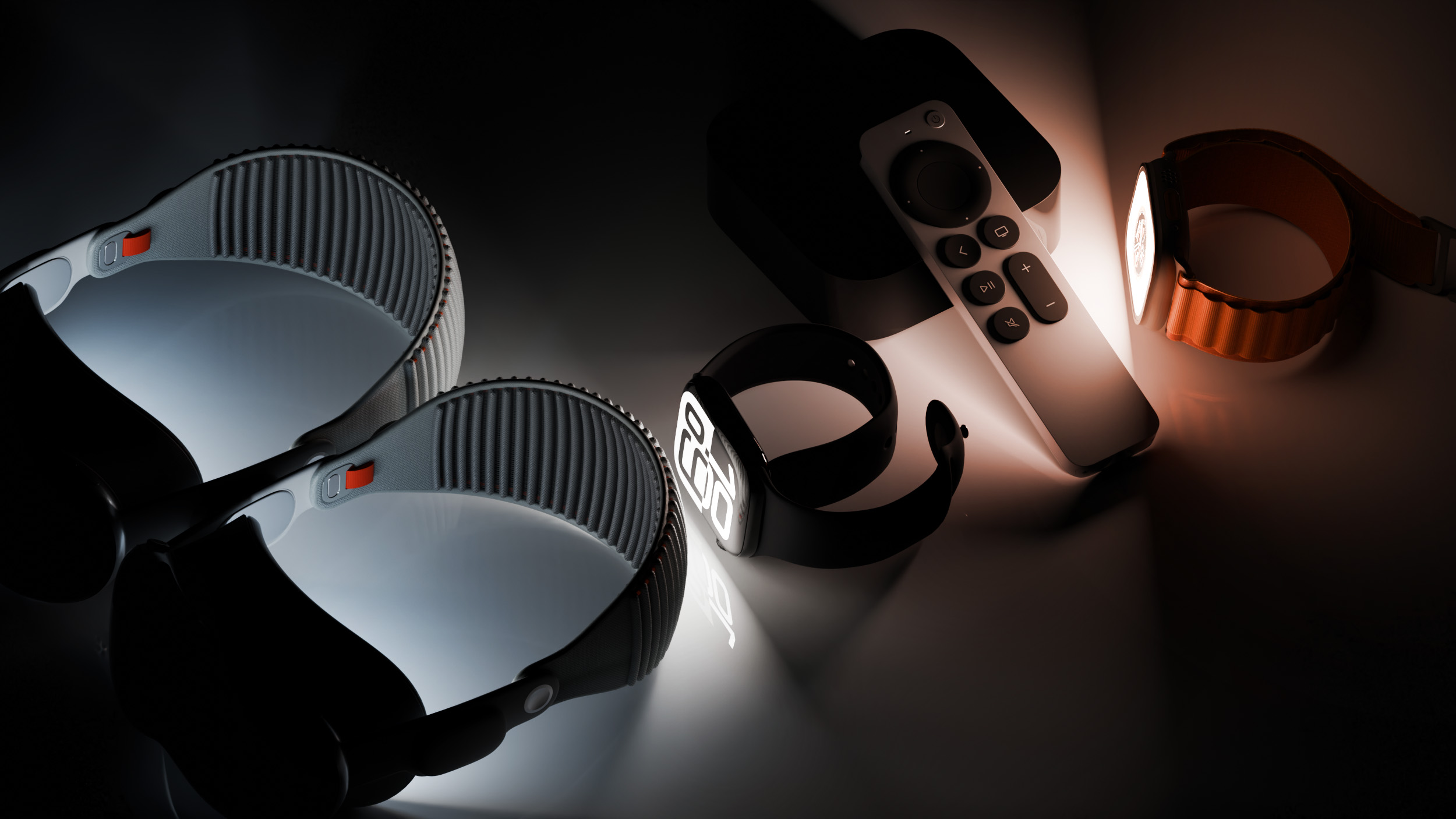
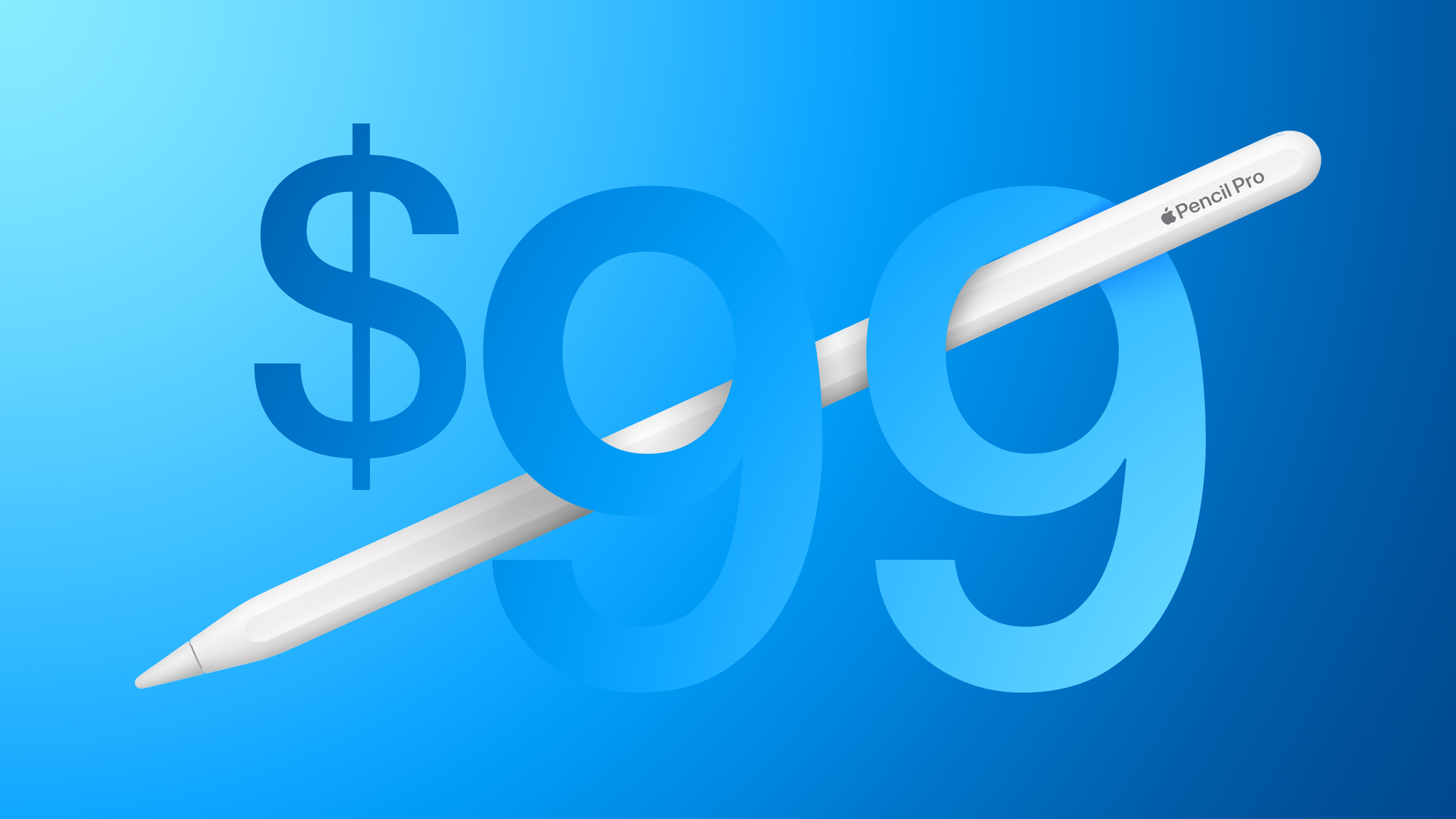 Note: MacRumors is an affiliate partner with some of these vendors. When you click a link and make a purchase, we may receive a small payment, which helps us keep the site running.
Note: MacRumors is an affiliate partner with some of these vendors. When you click a link and make a purchase, we may receive a small payment, which helps us keep the site running.
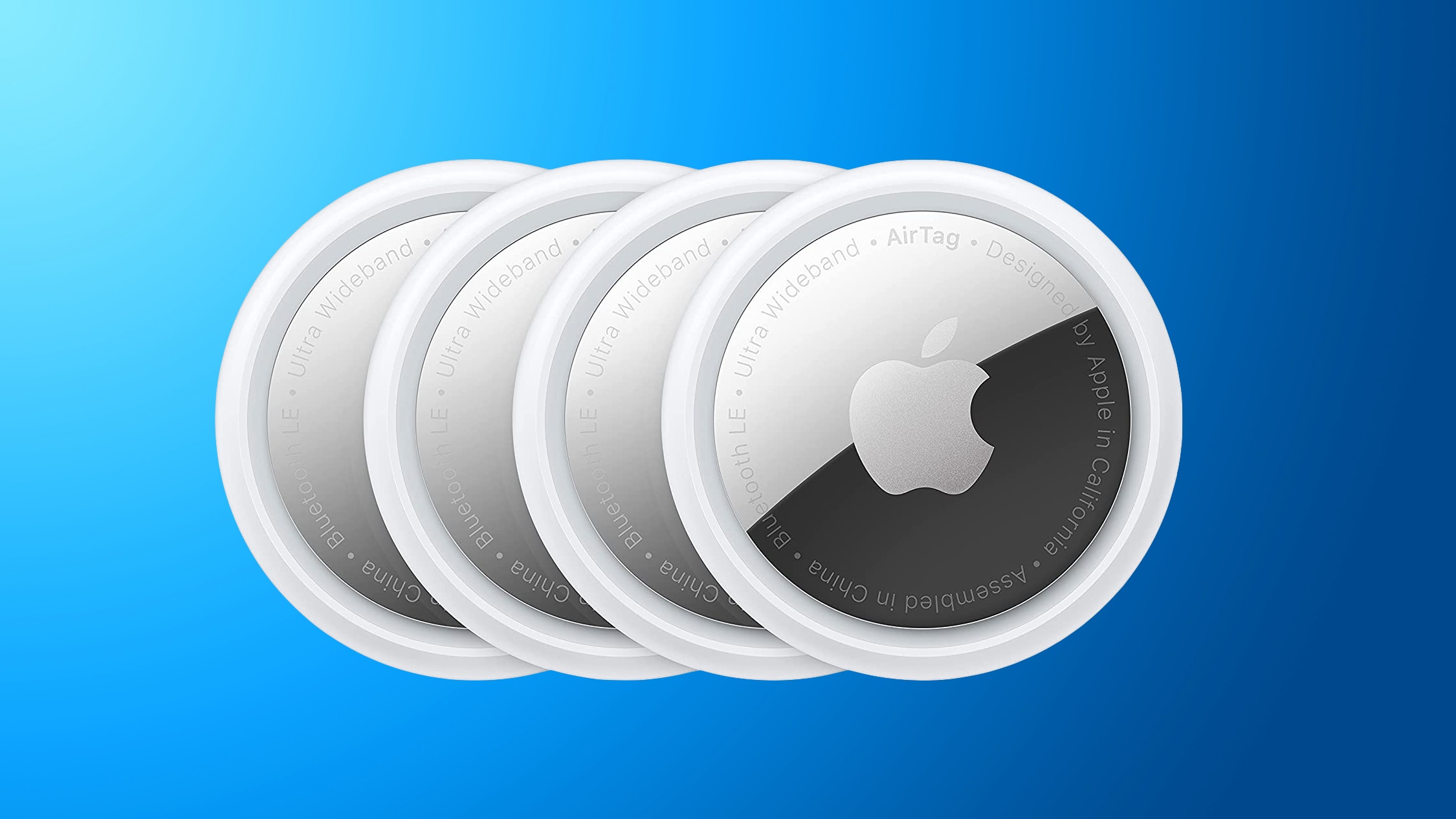
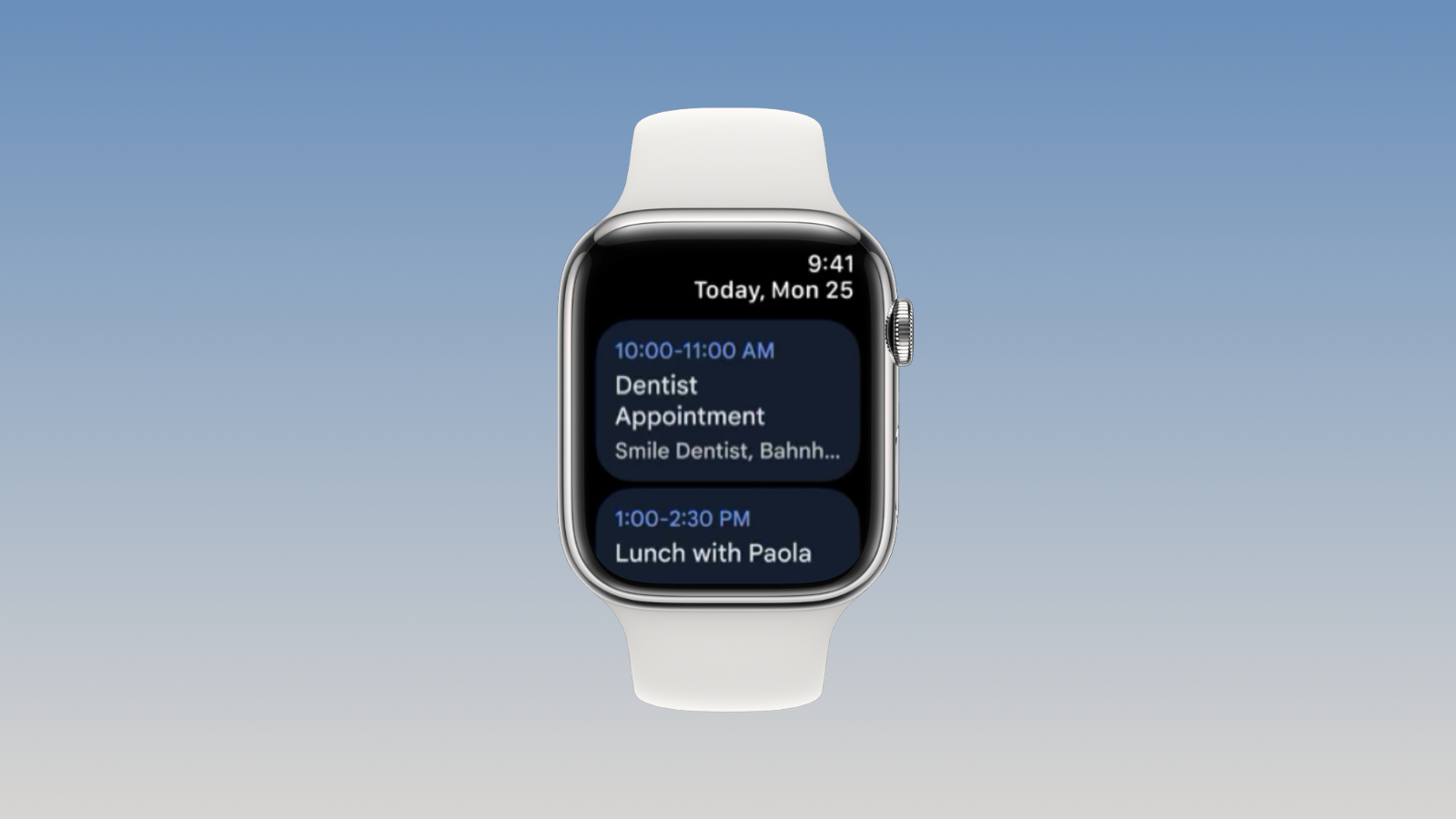
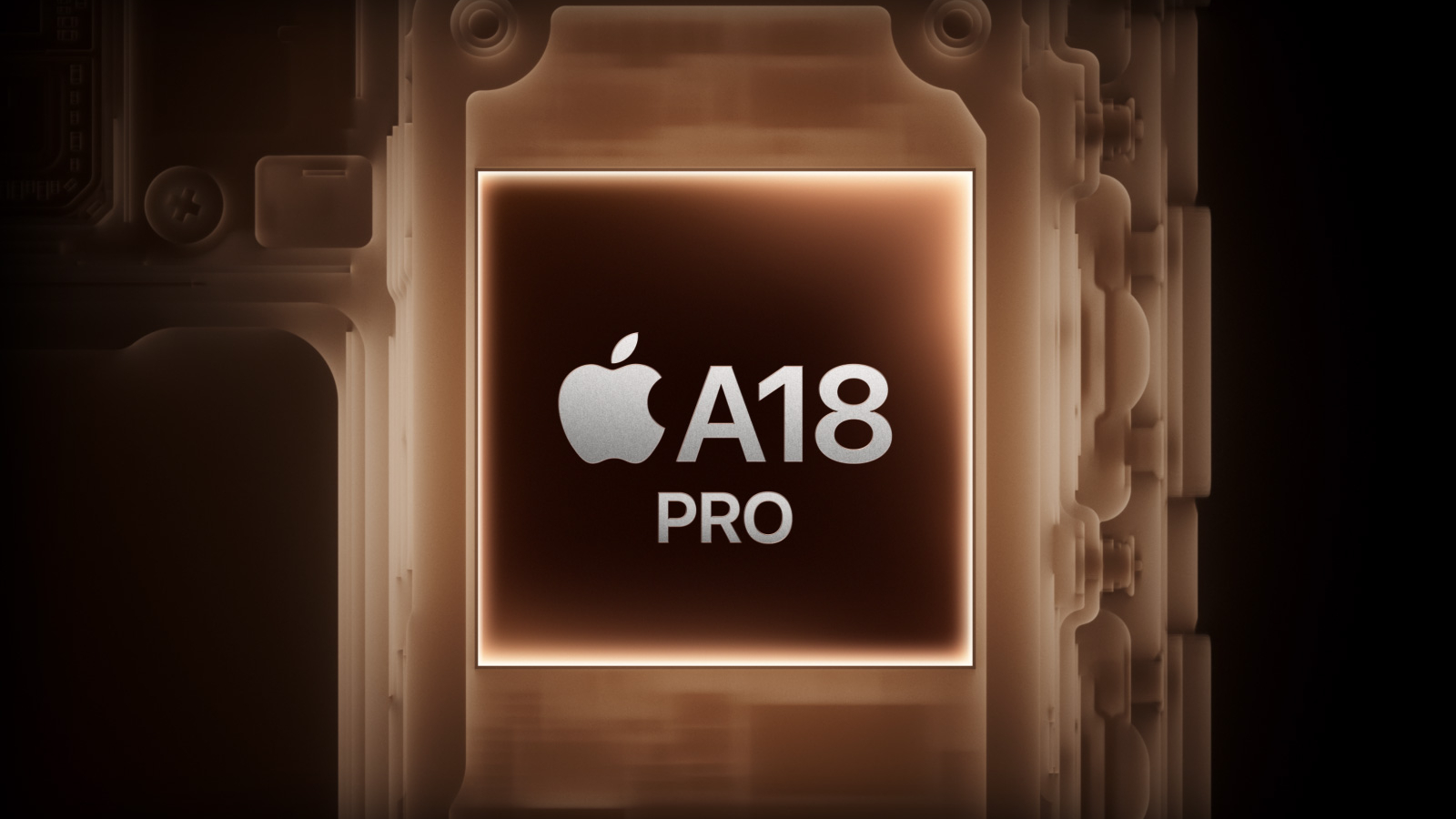
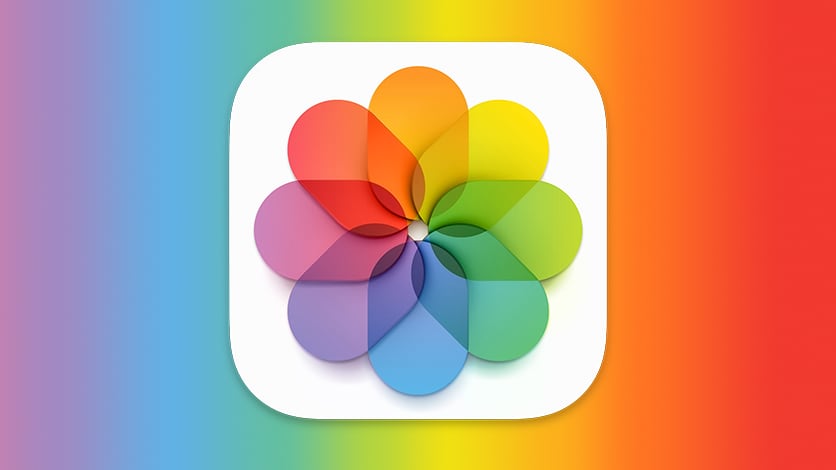

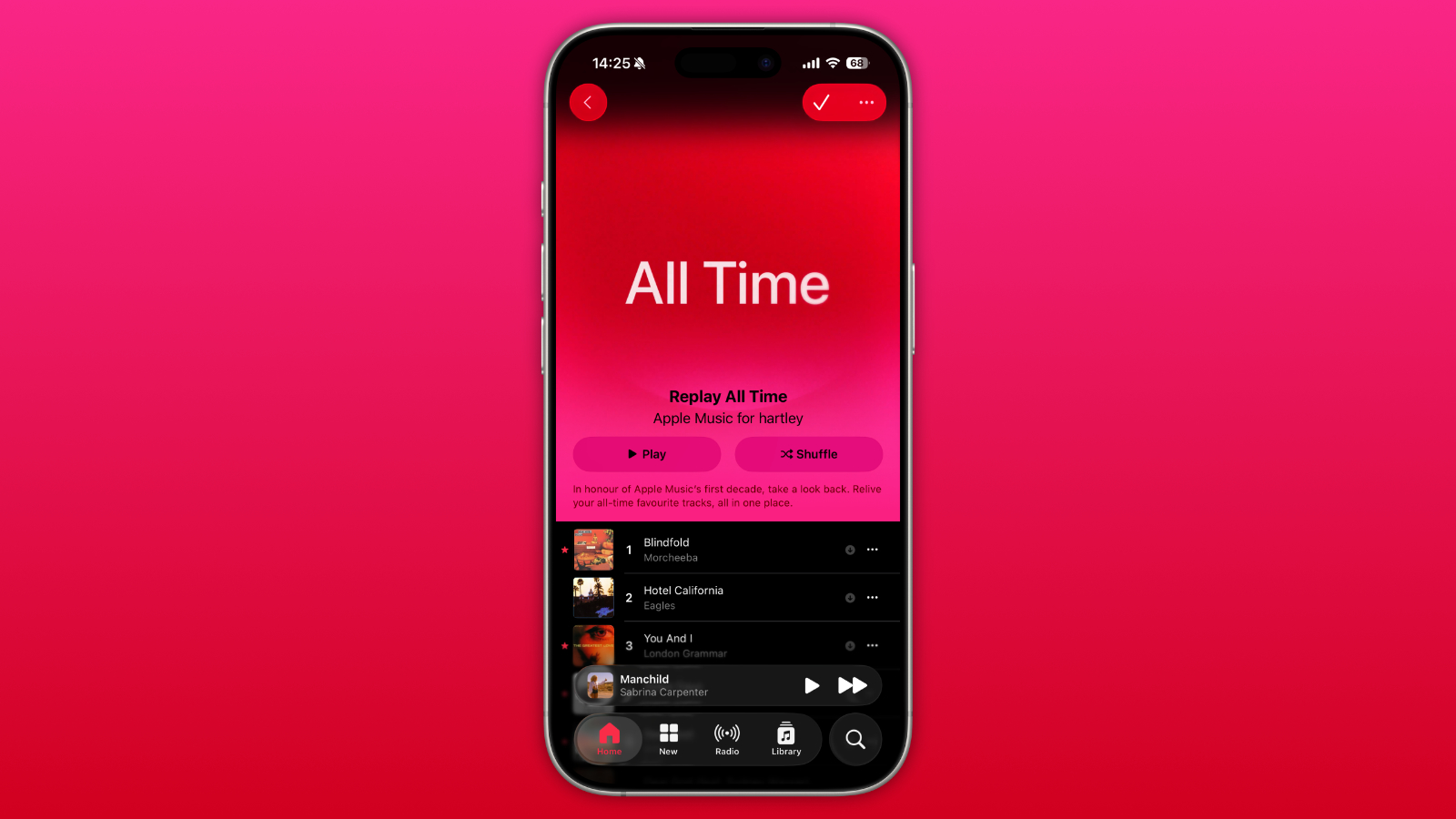
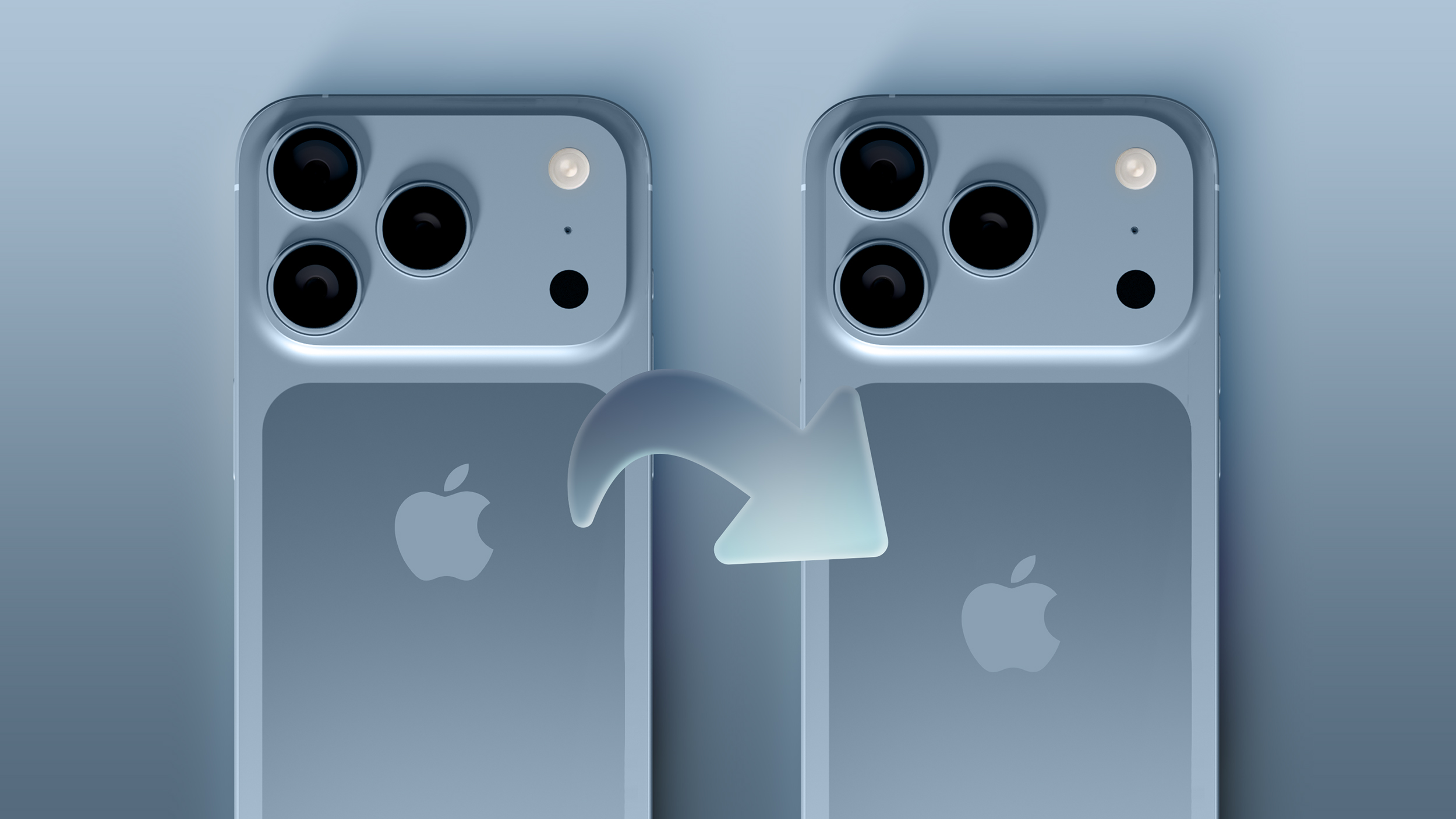
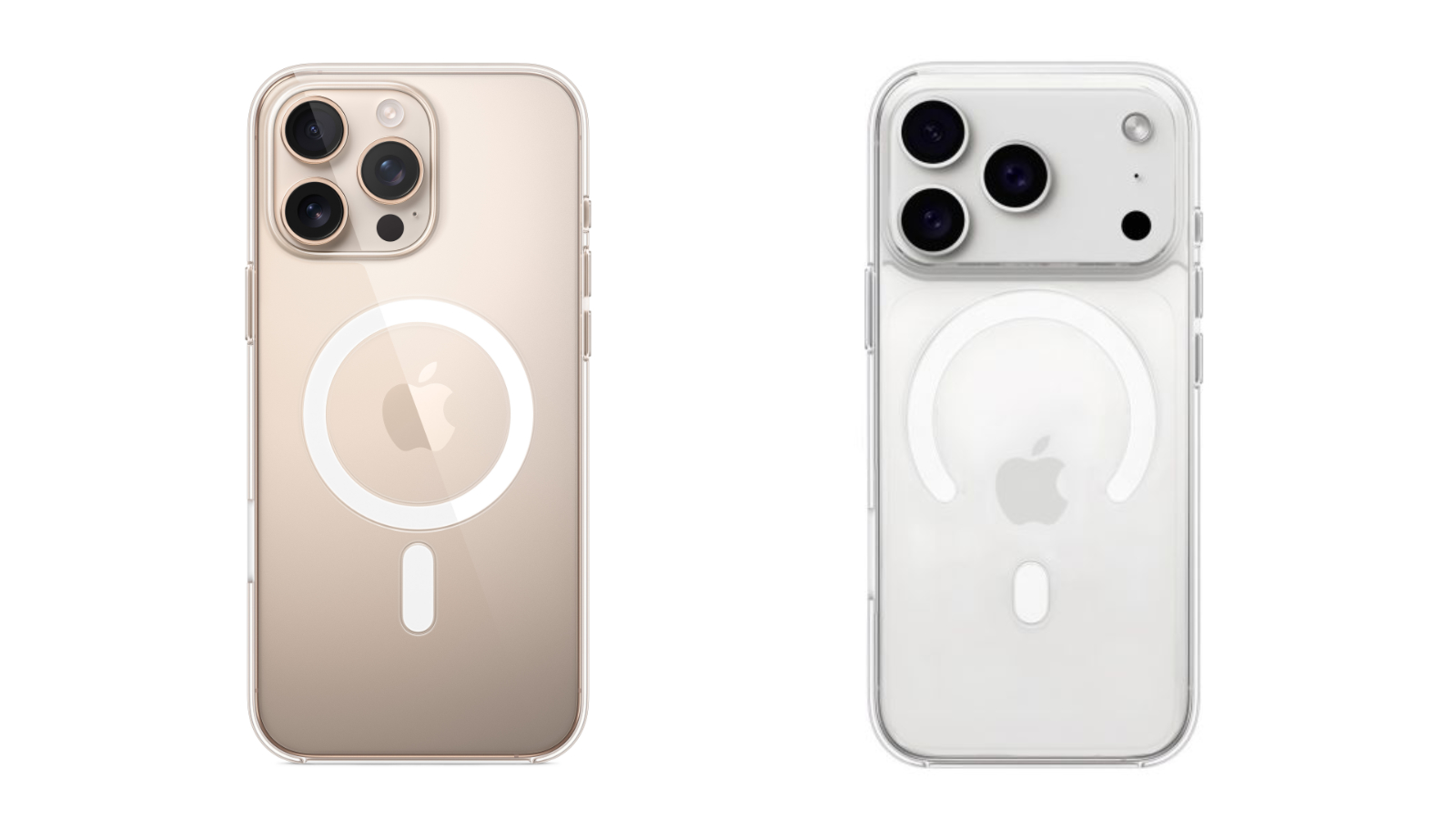 Apple's
Apple's  Note: MacRumors is an affiliate partner with Amazon. When you click a link and make a purchase, we may receive a small payment, which helps us keep the site running.
Note: MacRumors is an affiliate partner with Amazon. When you click a link and make a purchase, we may receive a small payment, which helps us keep the site running.
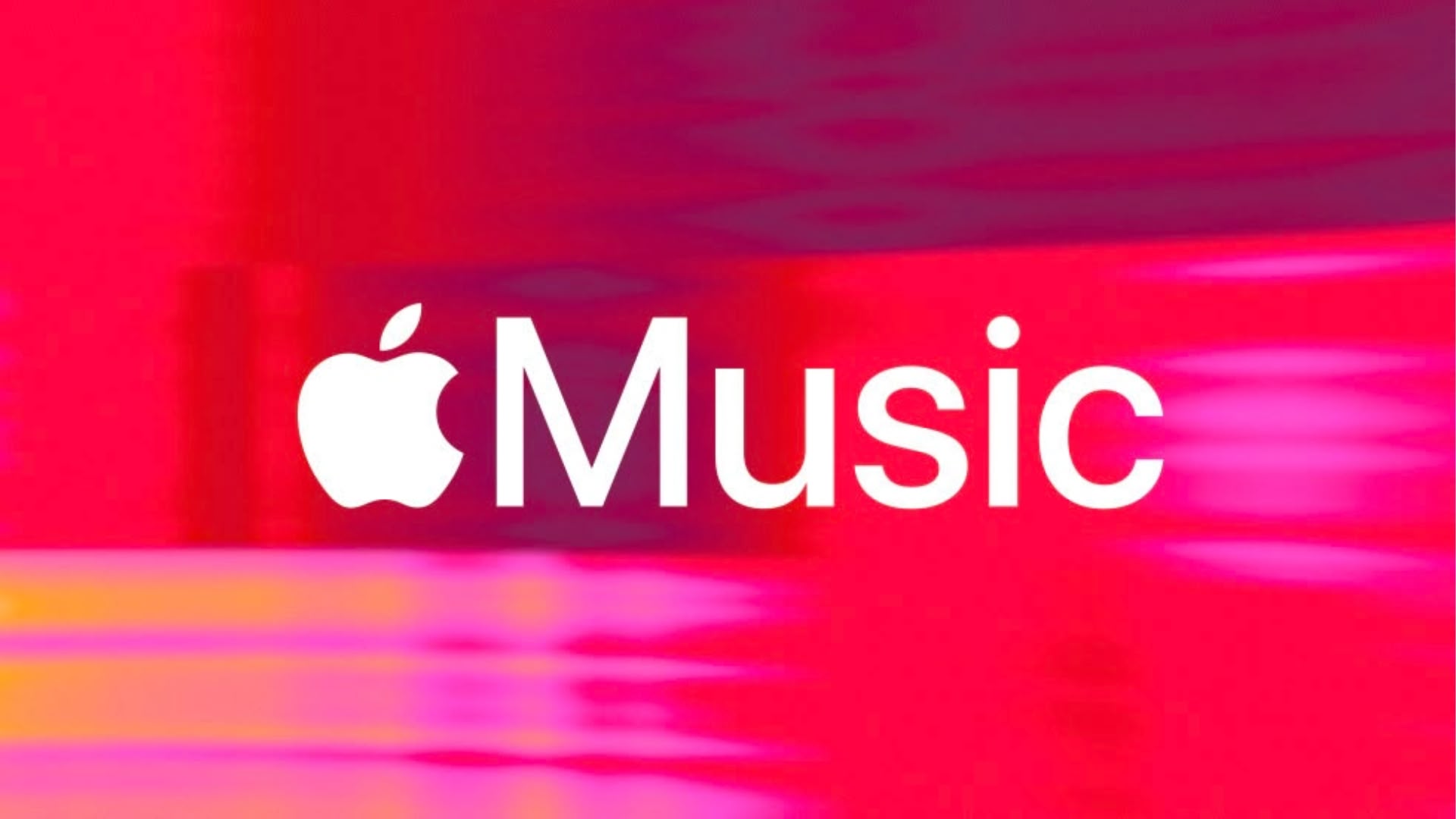

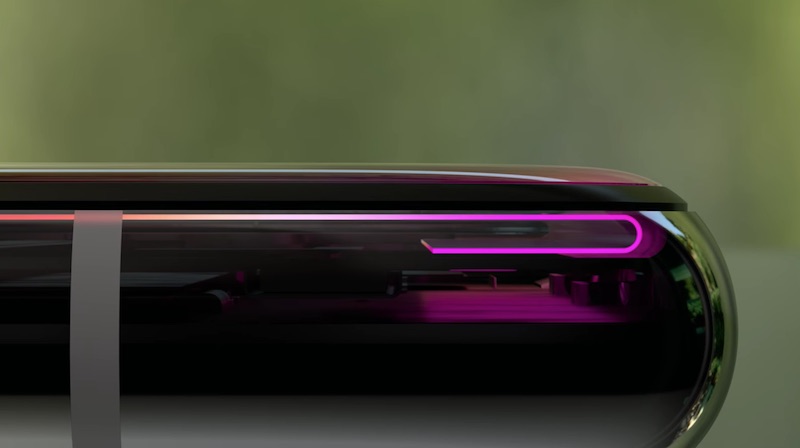
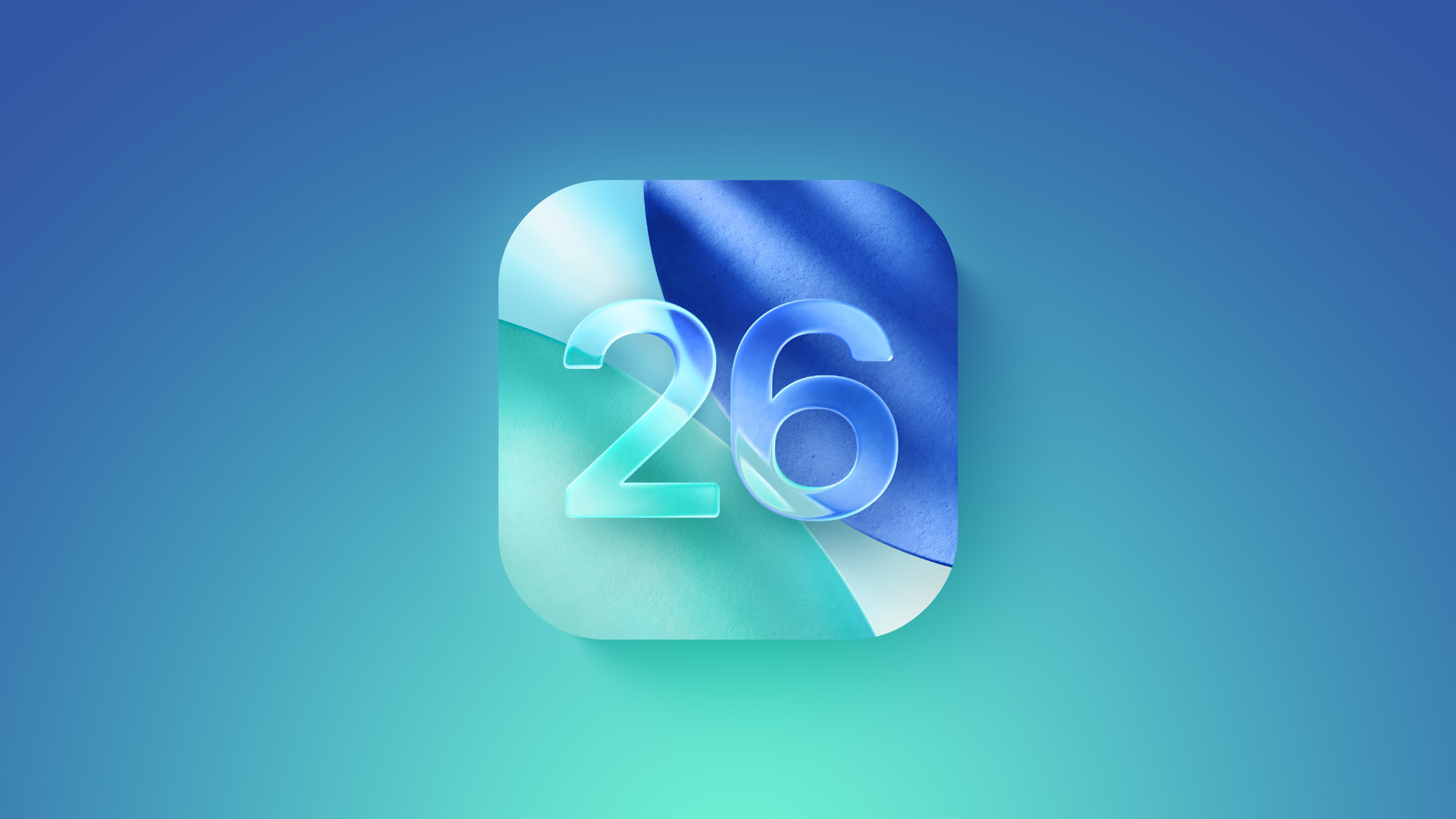

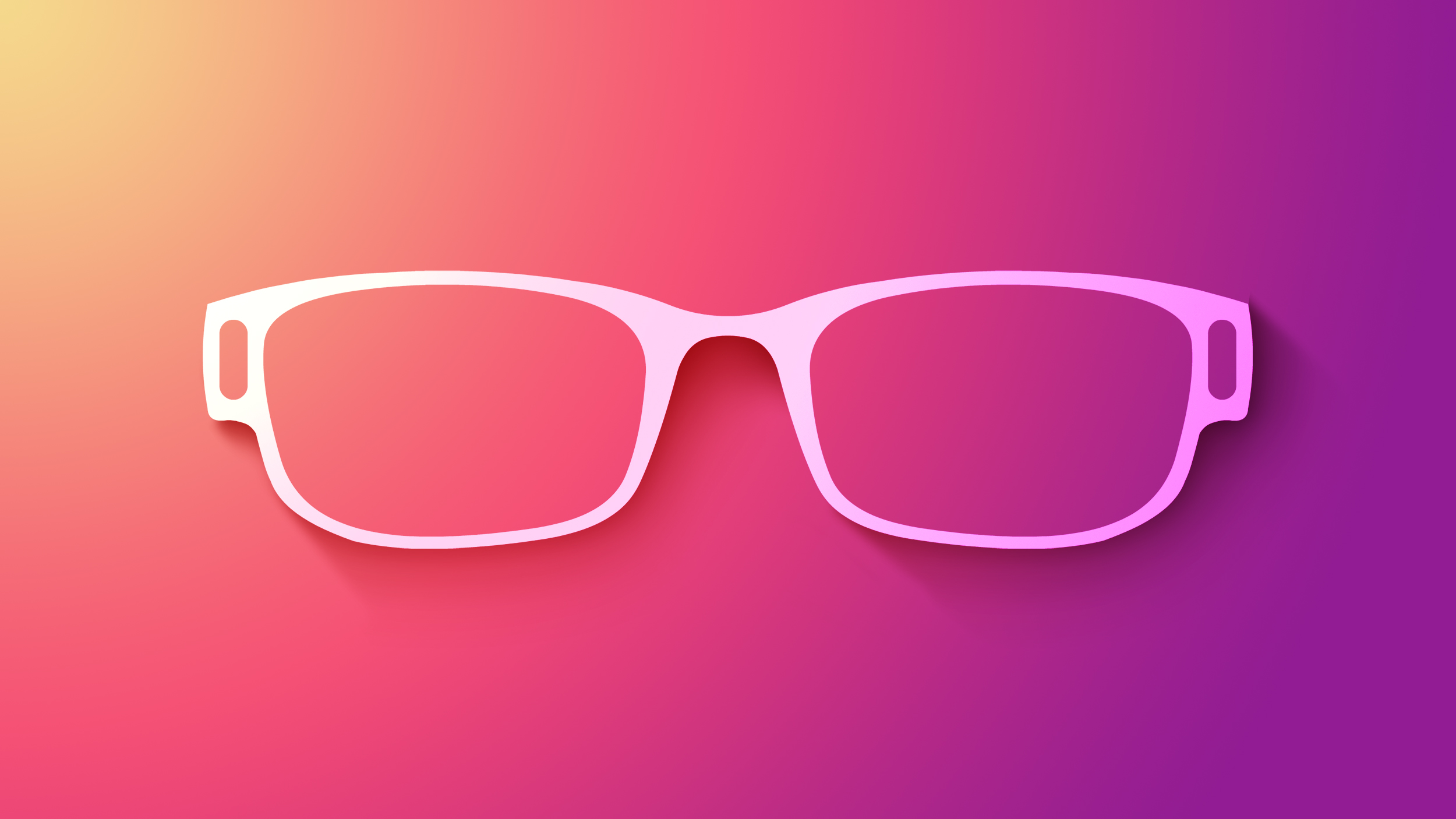
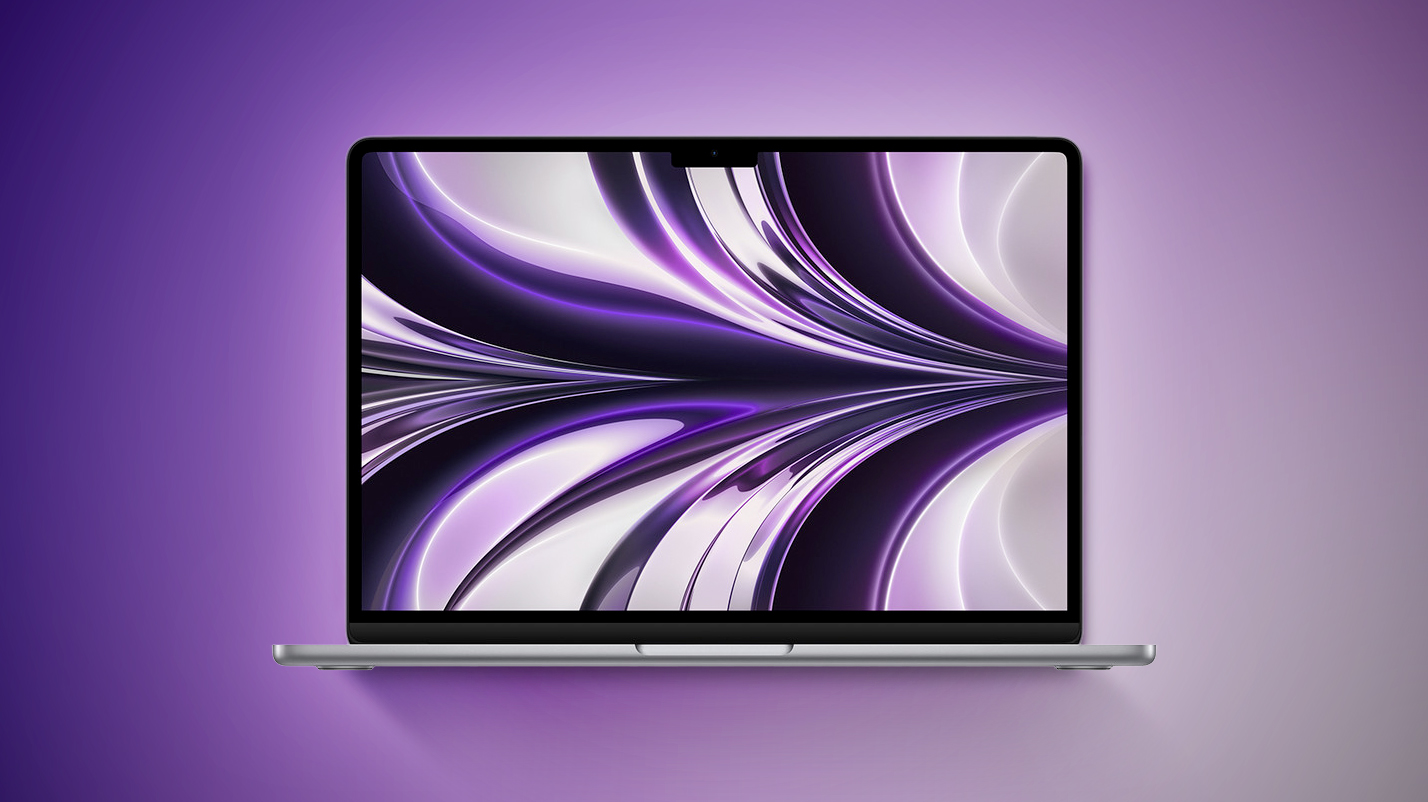
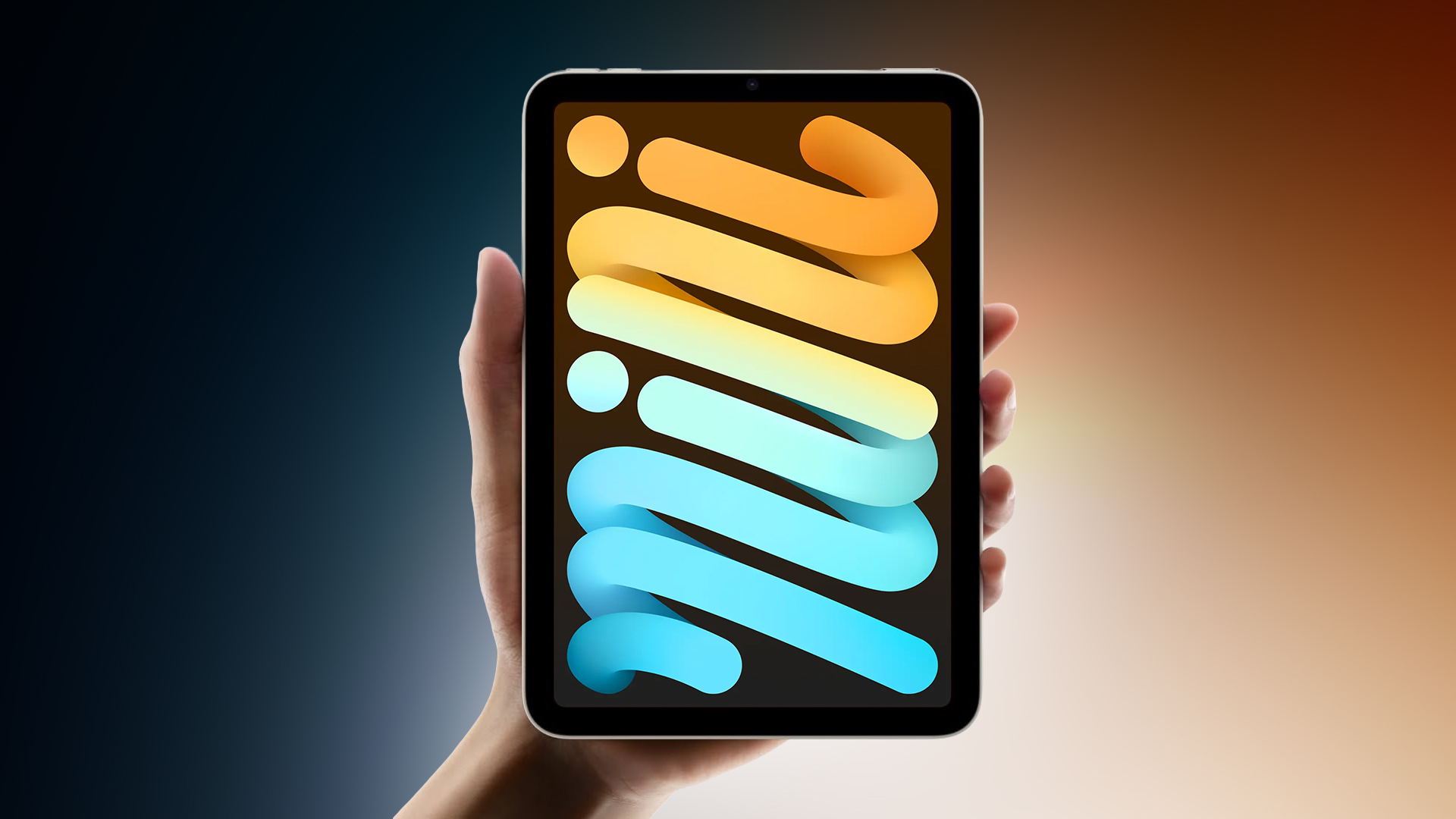 Note: MacRumors is an affiliate partner with Amazon. When you click a link and make a purchase, we may receive a small payment, which helps us keep the site running.
Note: MacRumors is an affiliate partner with Amazon. When you click a link and make a purchase, we may receive a small payment, which helps us keep the site running.
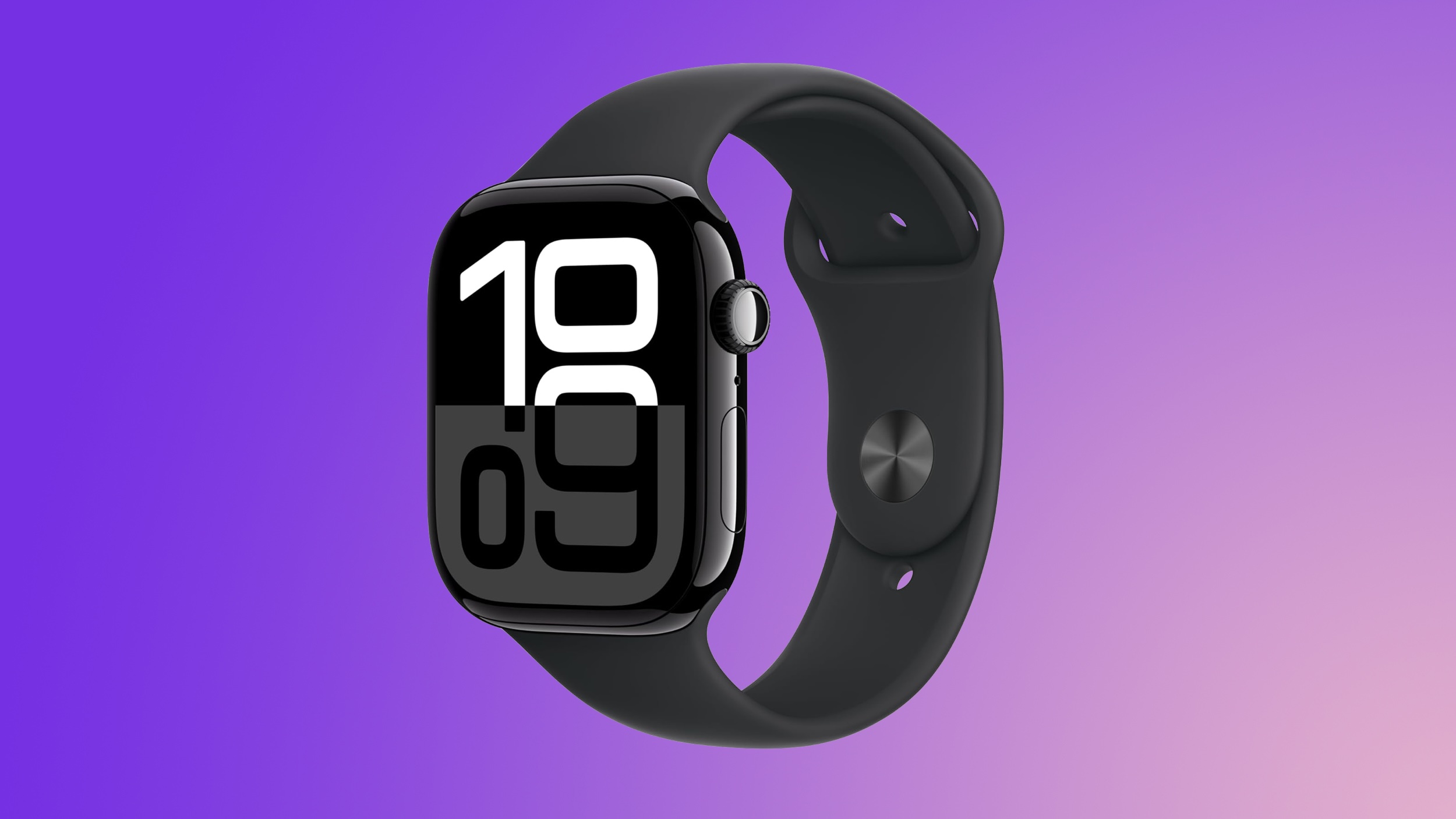 Note: MacRumors is an affiliate partner with Amazon. When you click a link and make a purchase, we may receive a small payment, which helps us keep the site running.
Note: MacRumors is an affiliate partner with Amazon. When you click a link and make a purchase, we may receive a small payment, which helps us keep the site running.
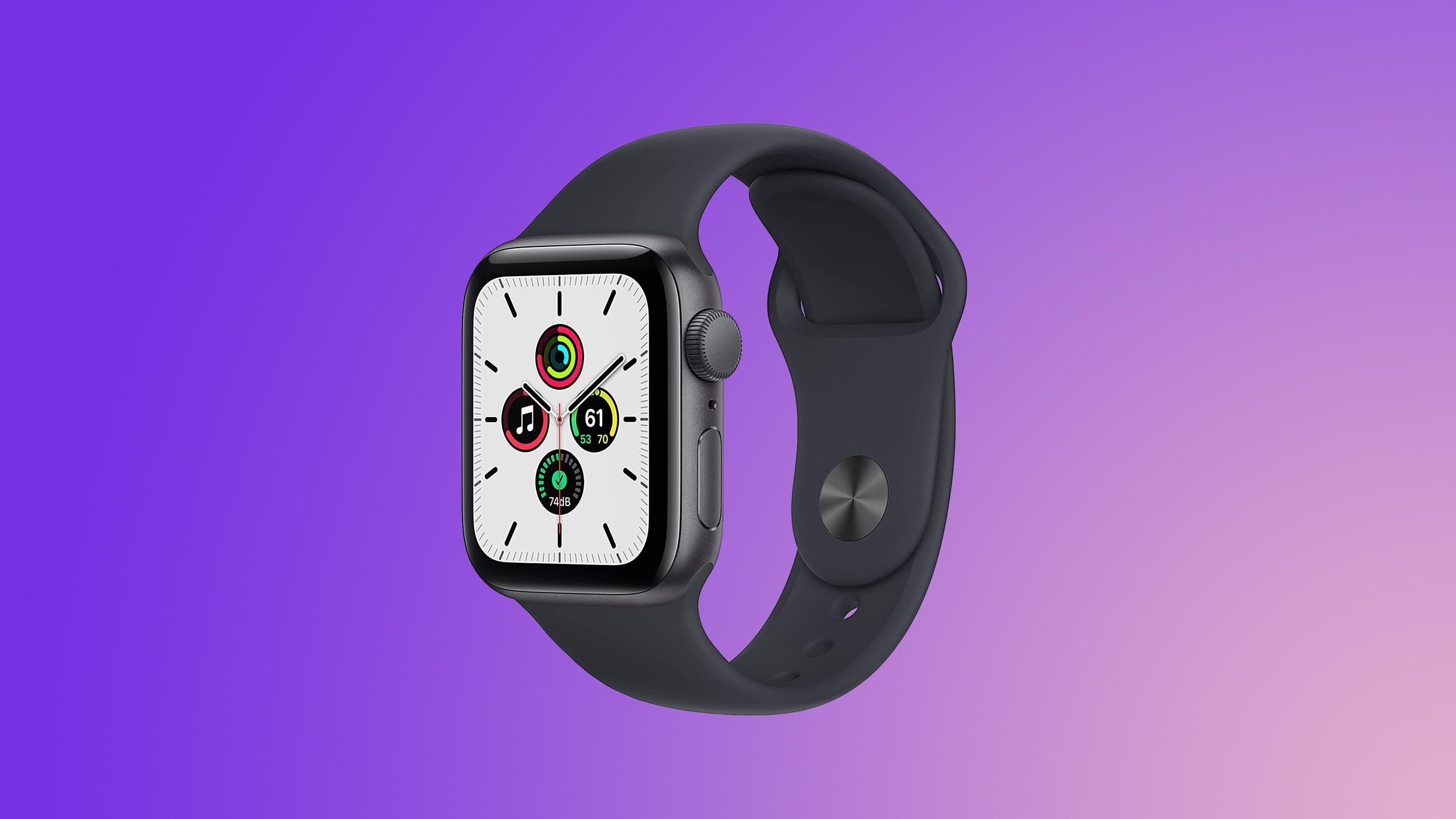
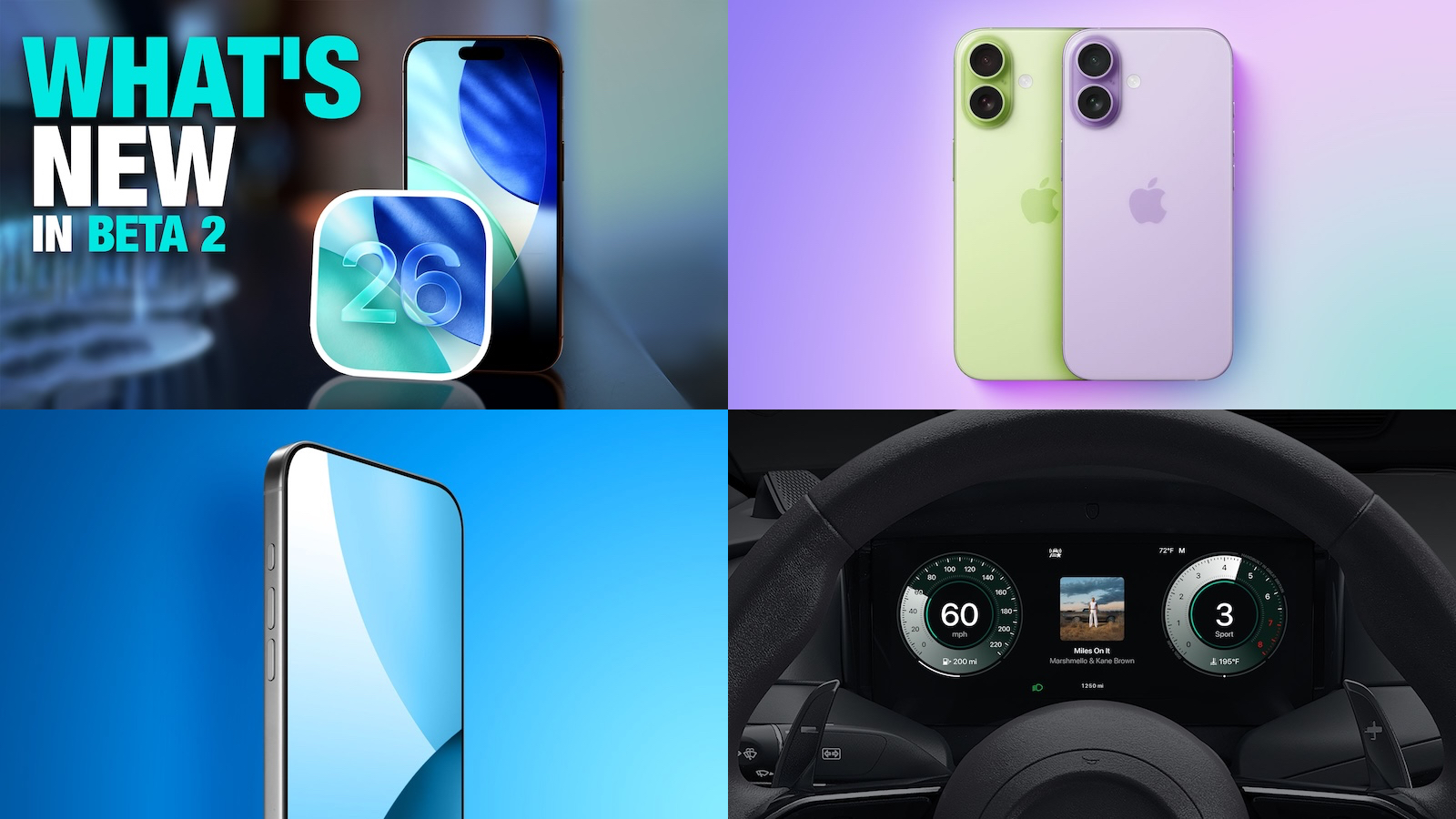
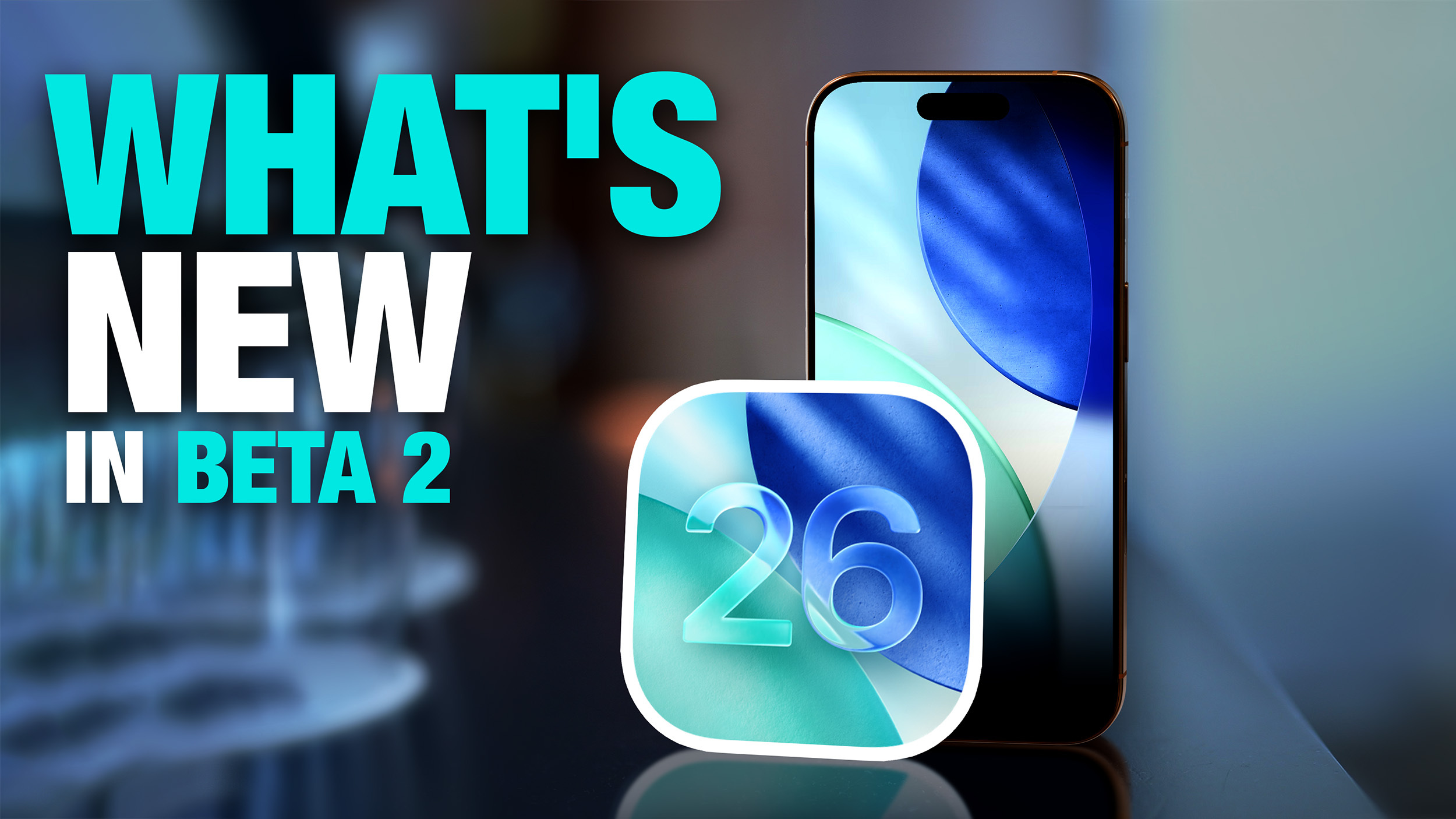
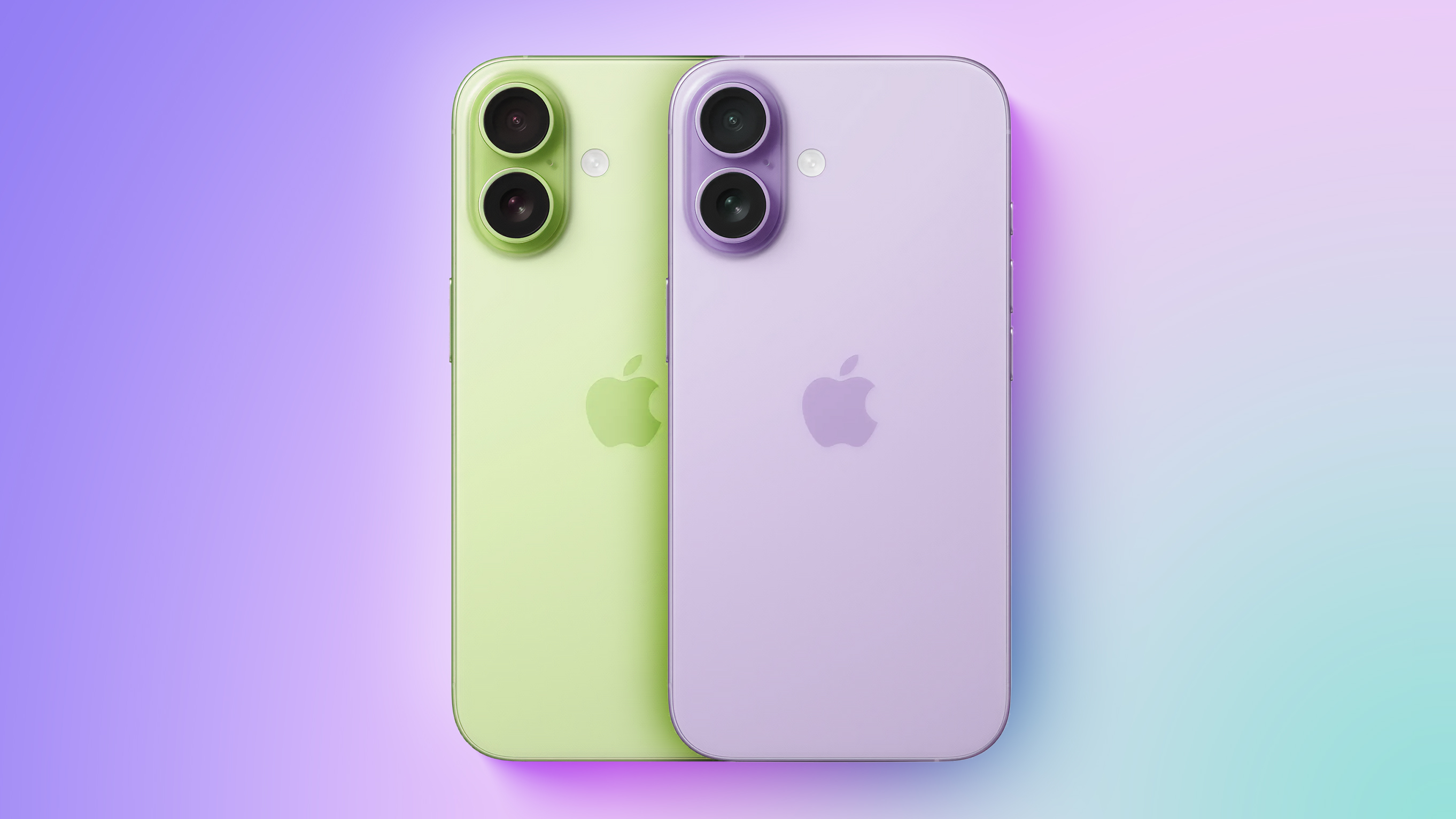
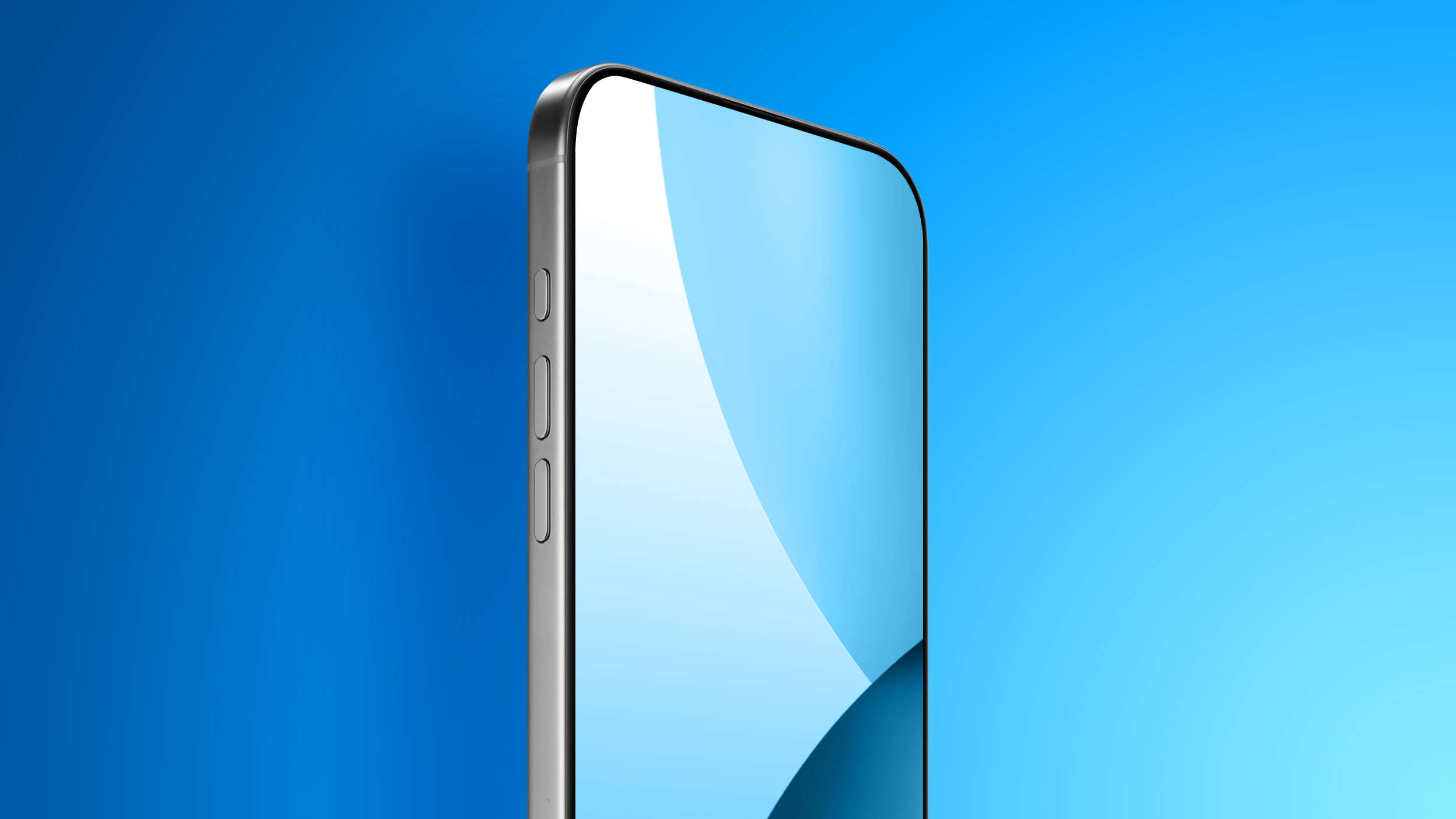
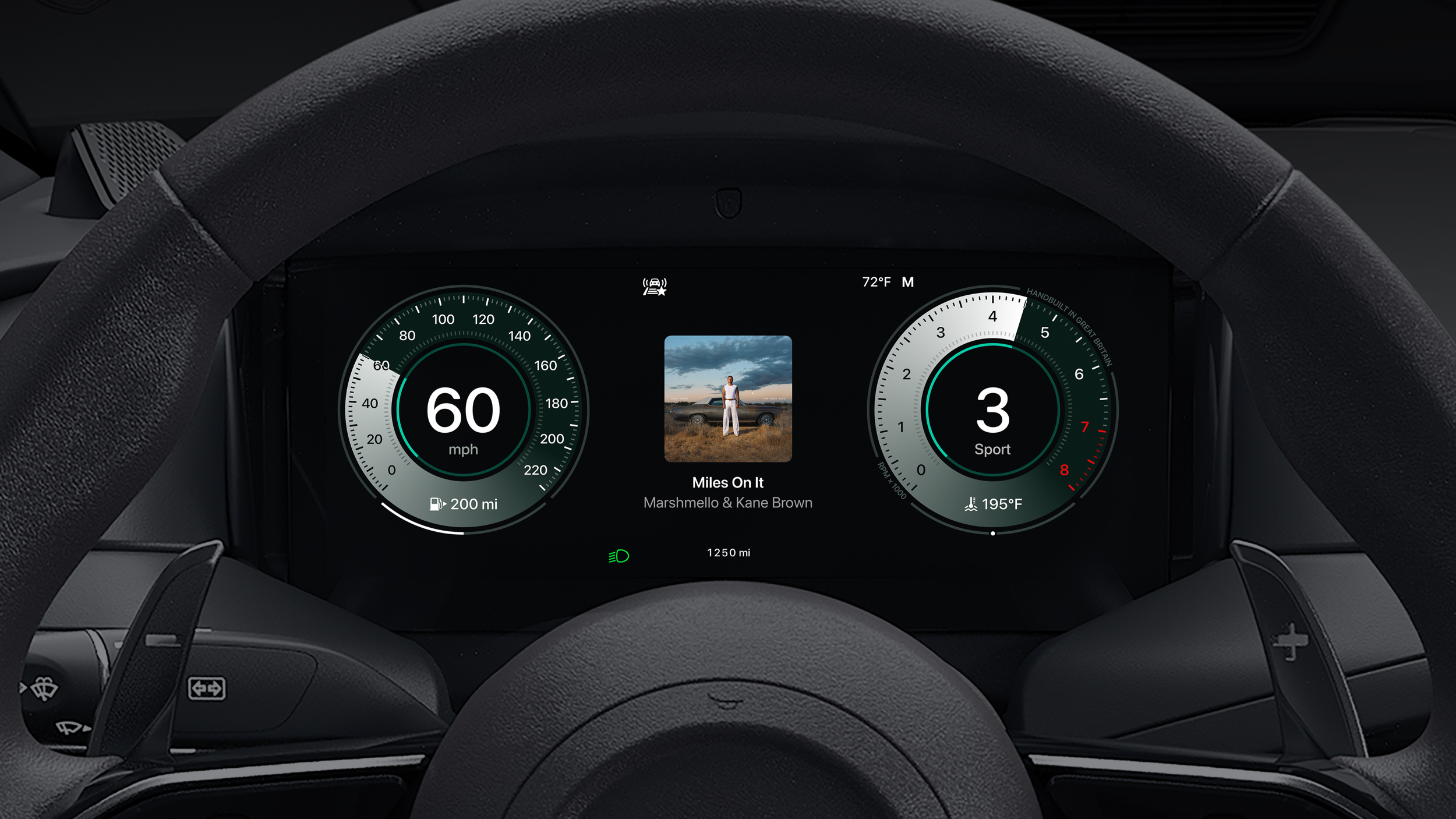
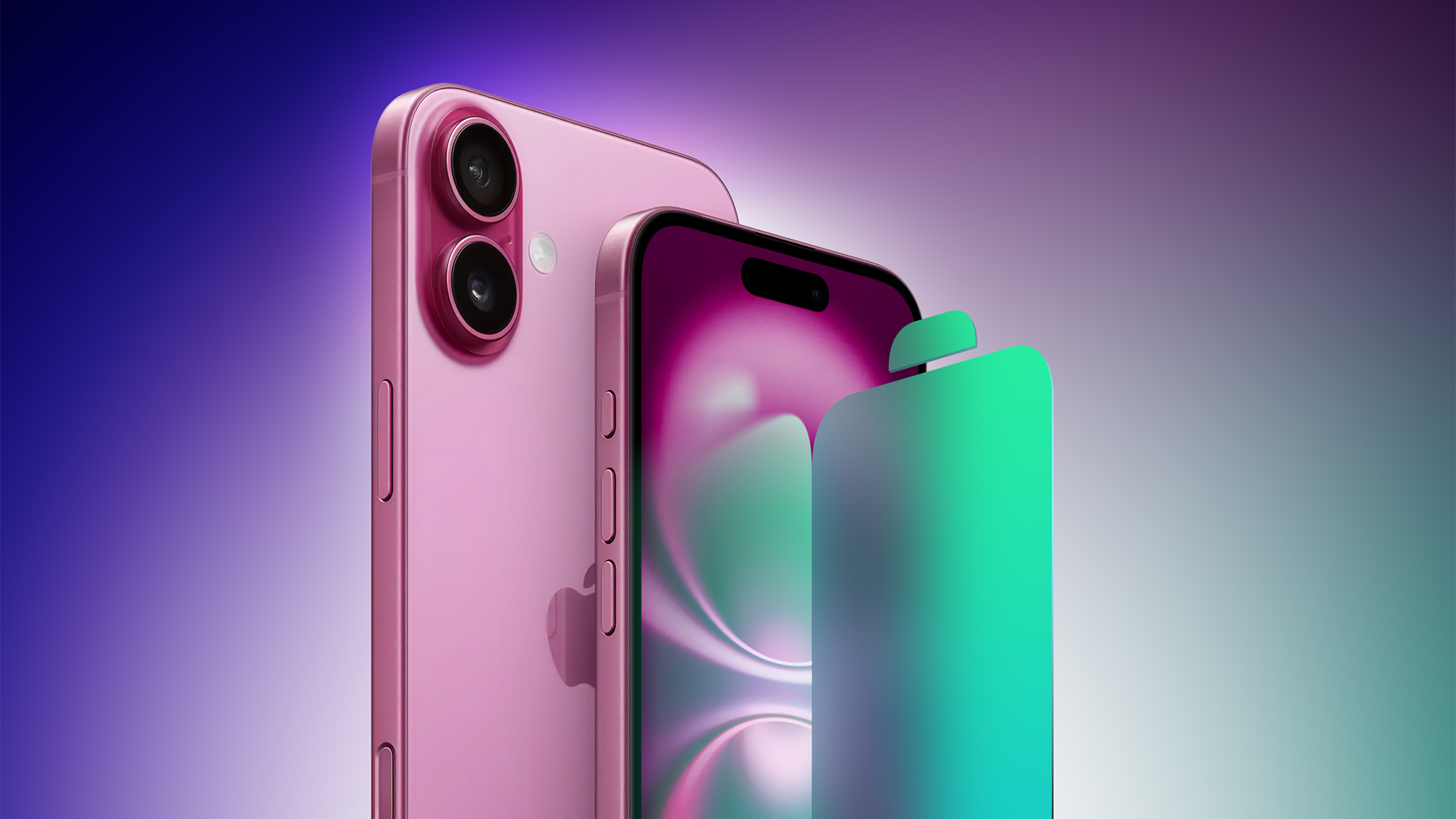
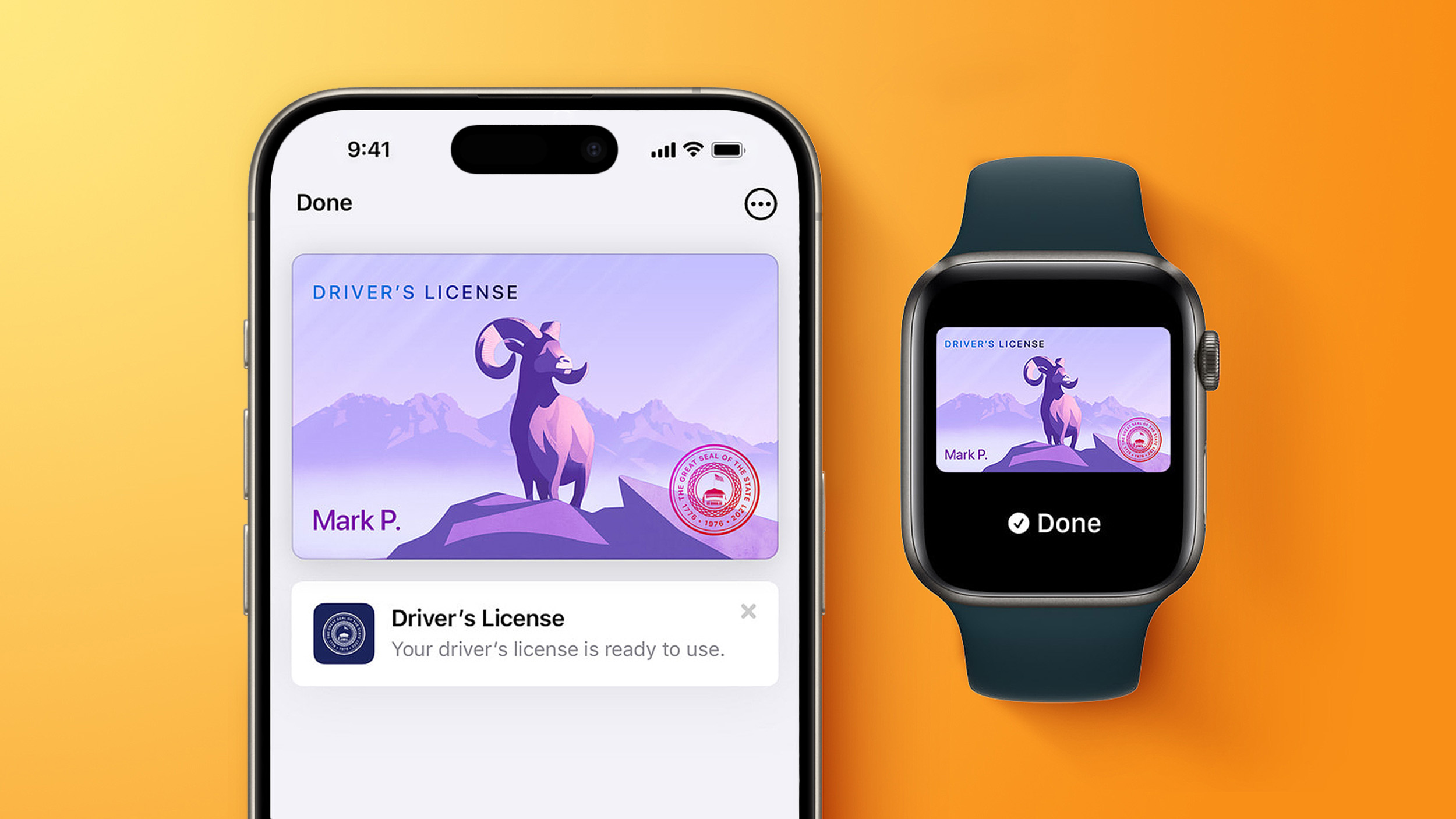
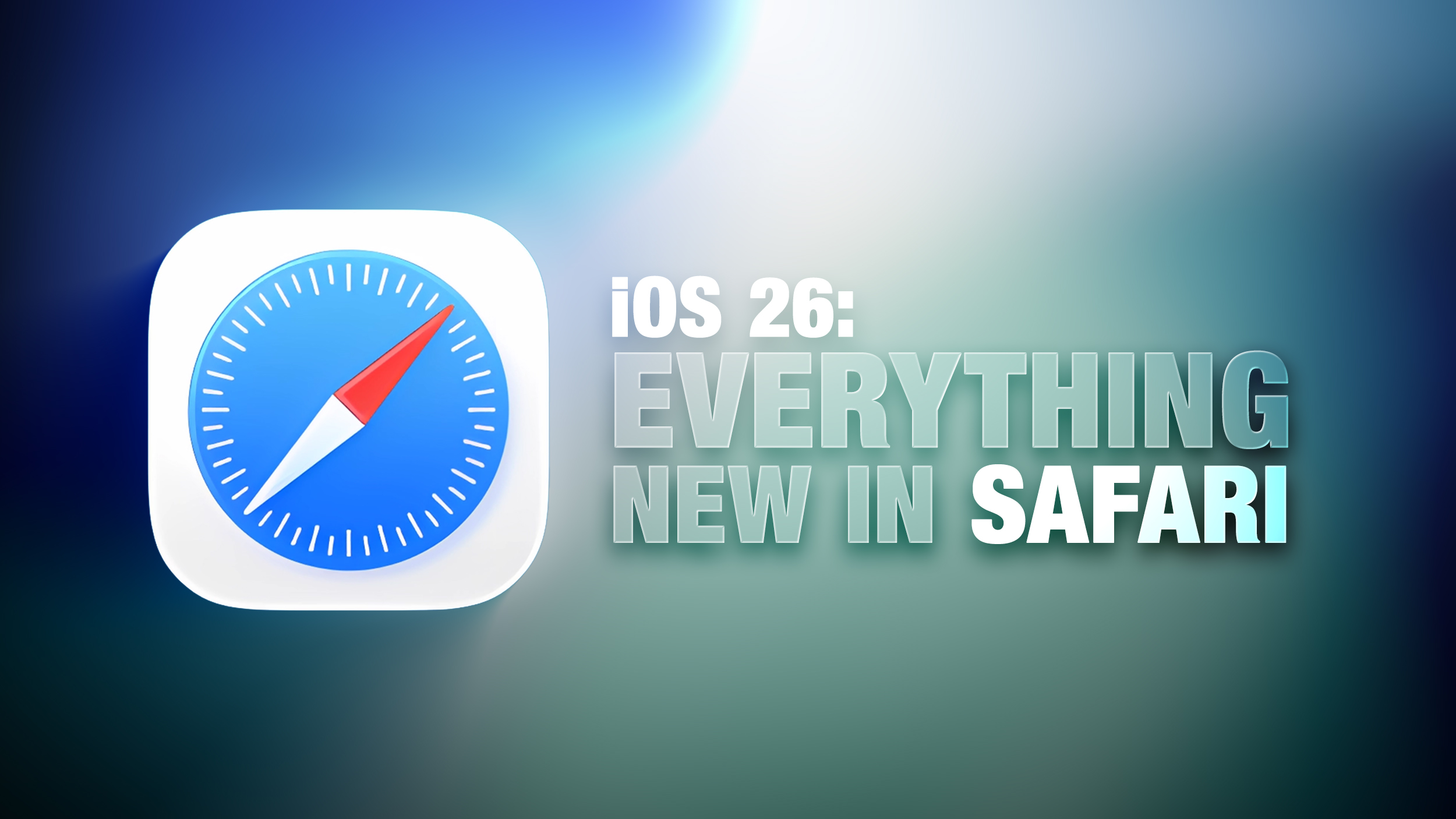
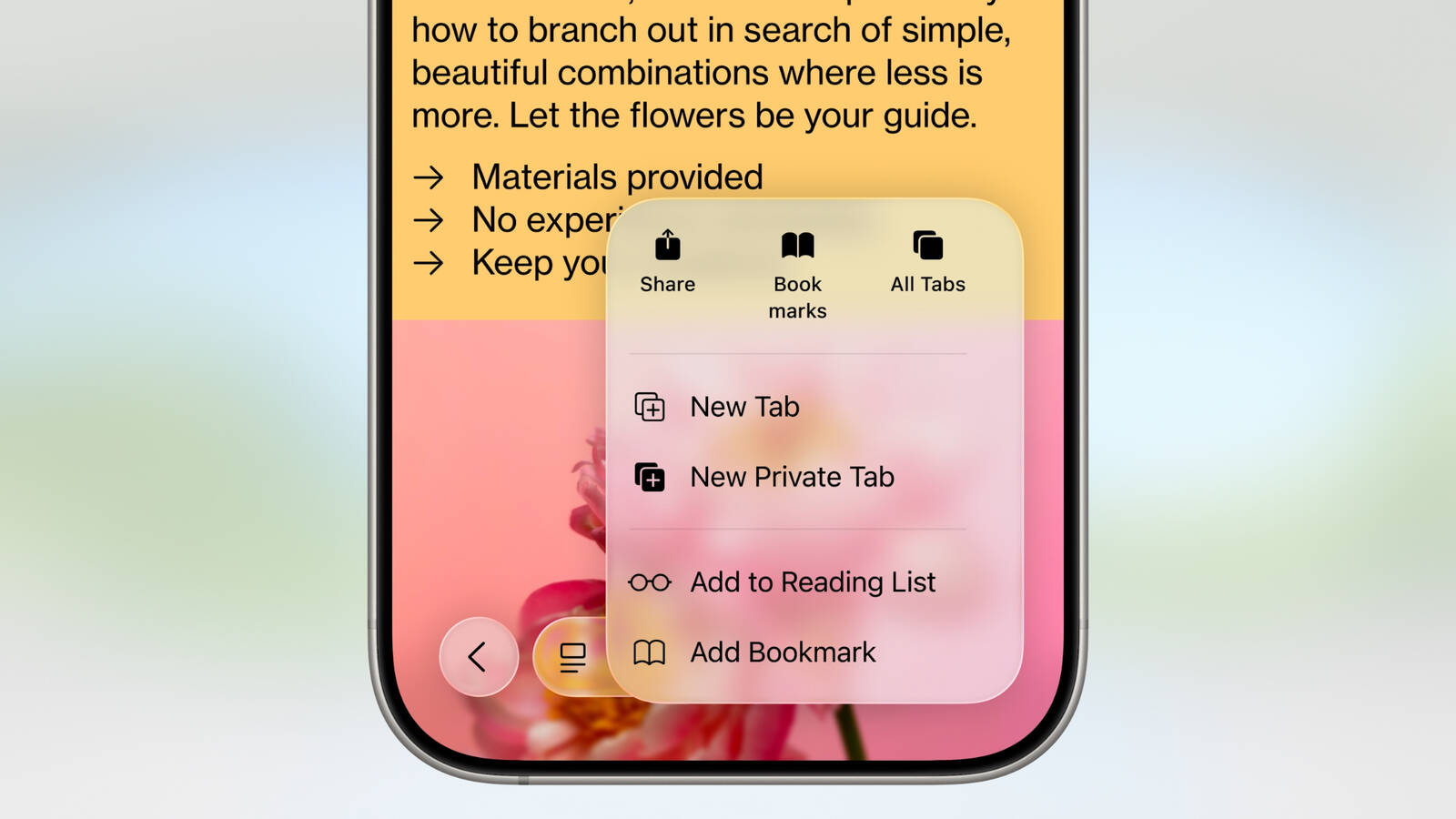
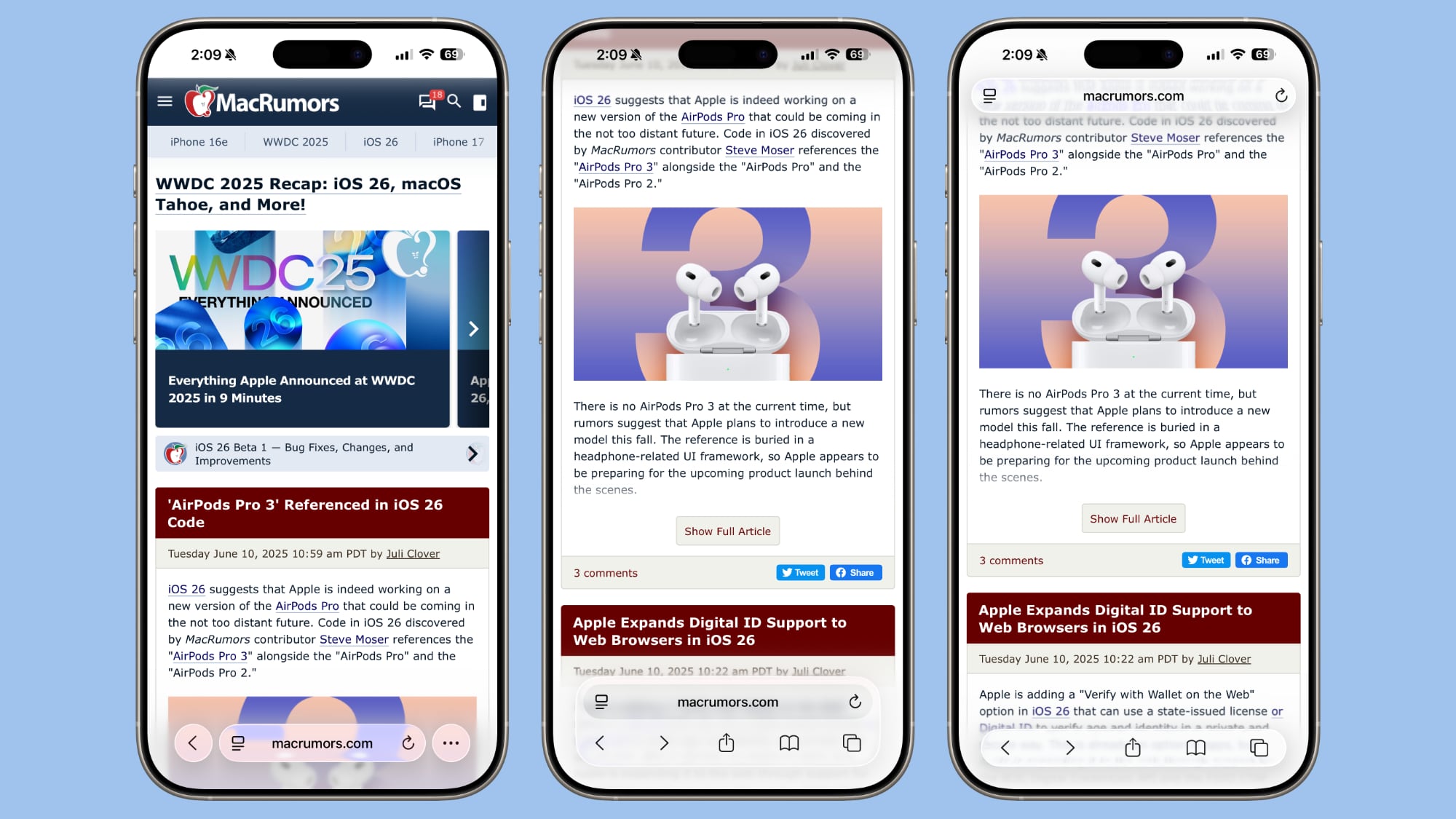
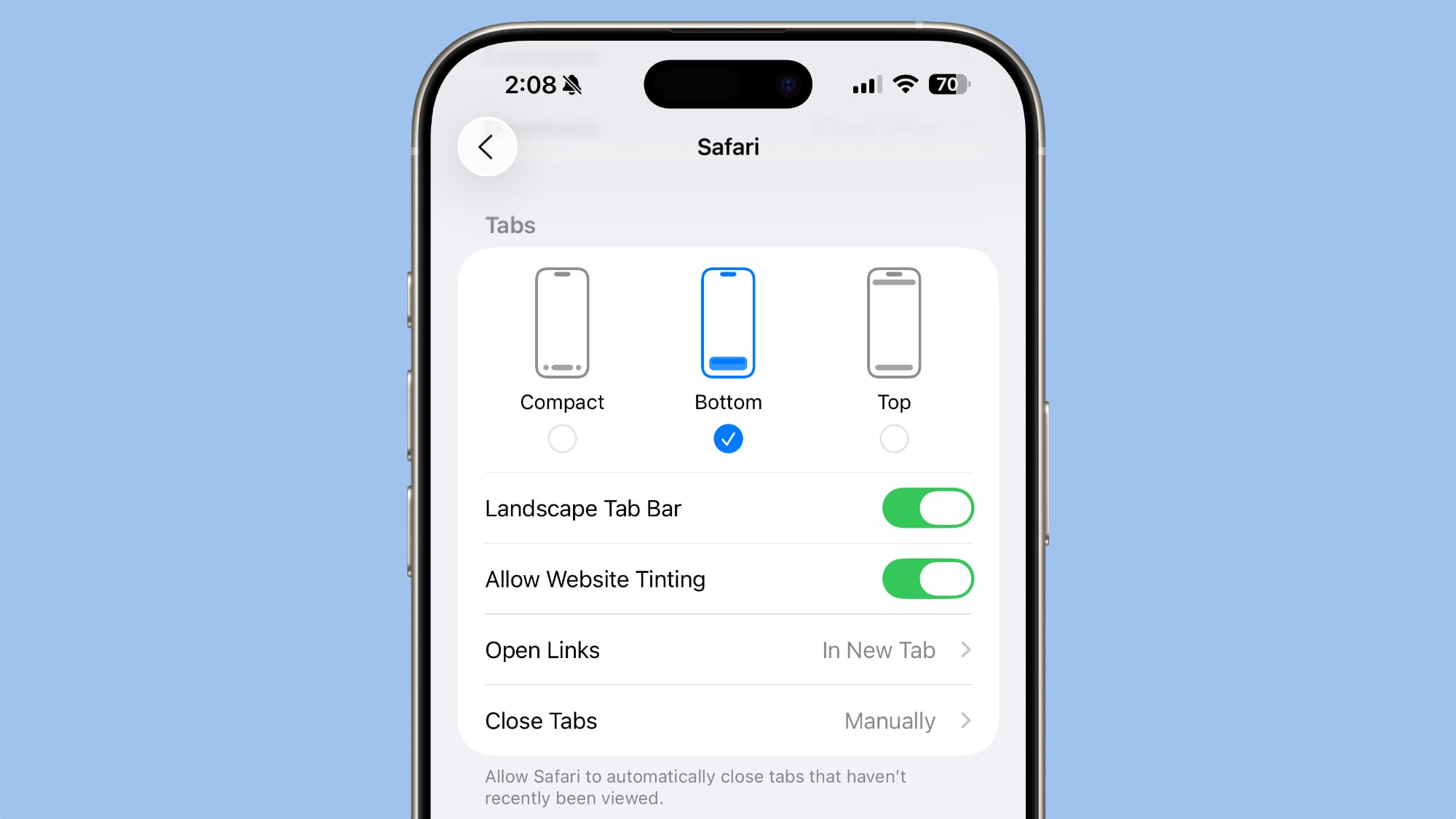
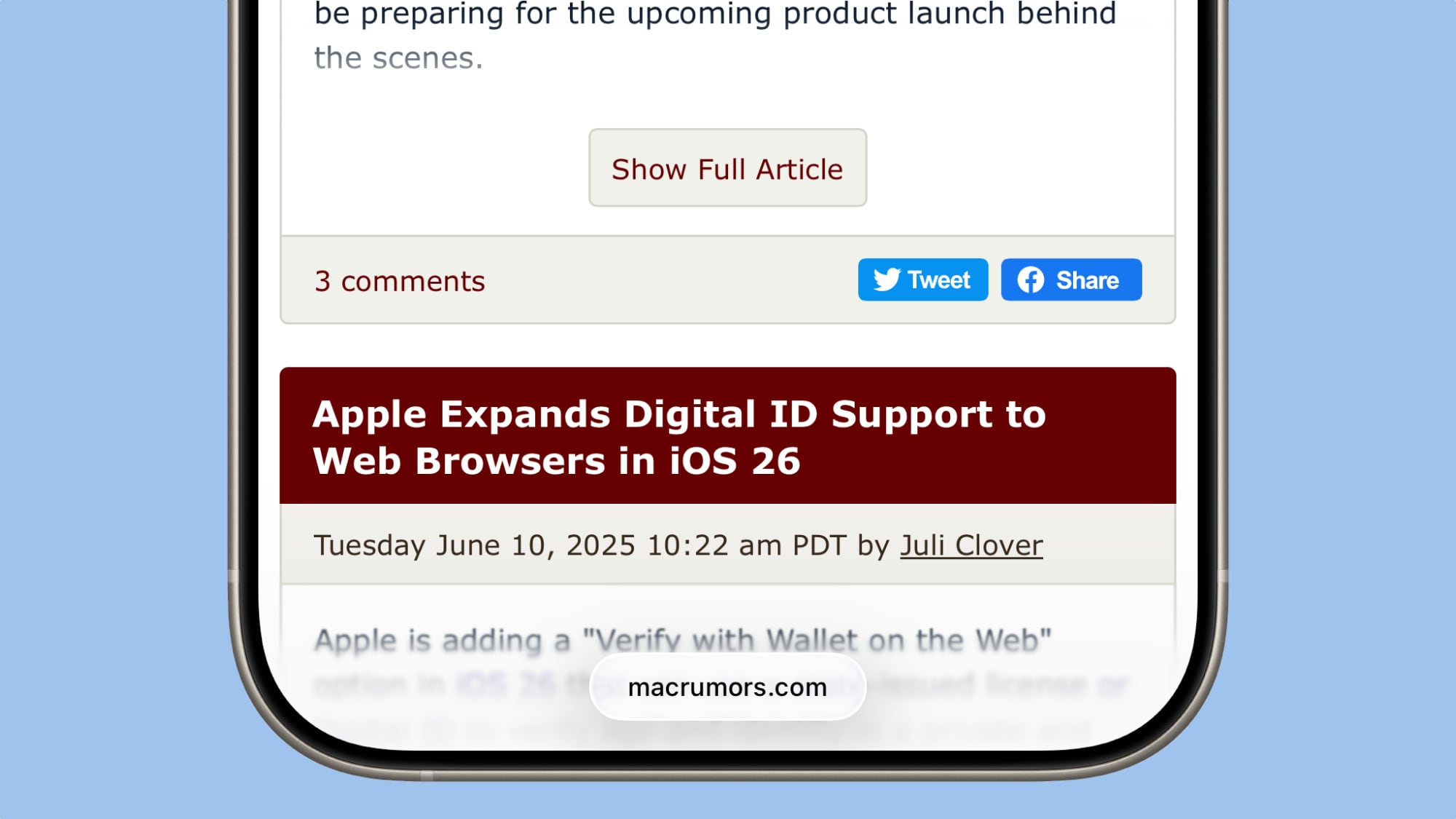
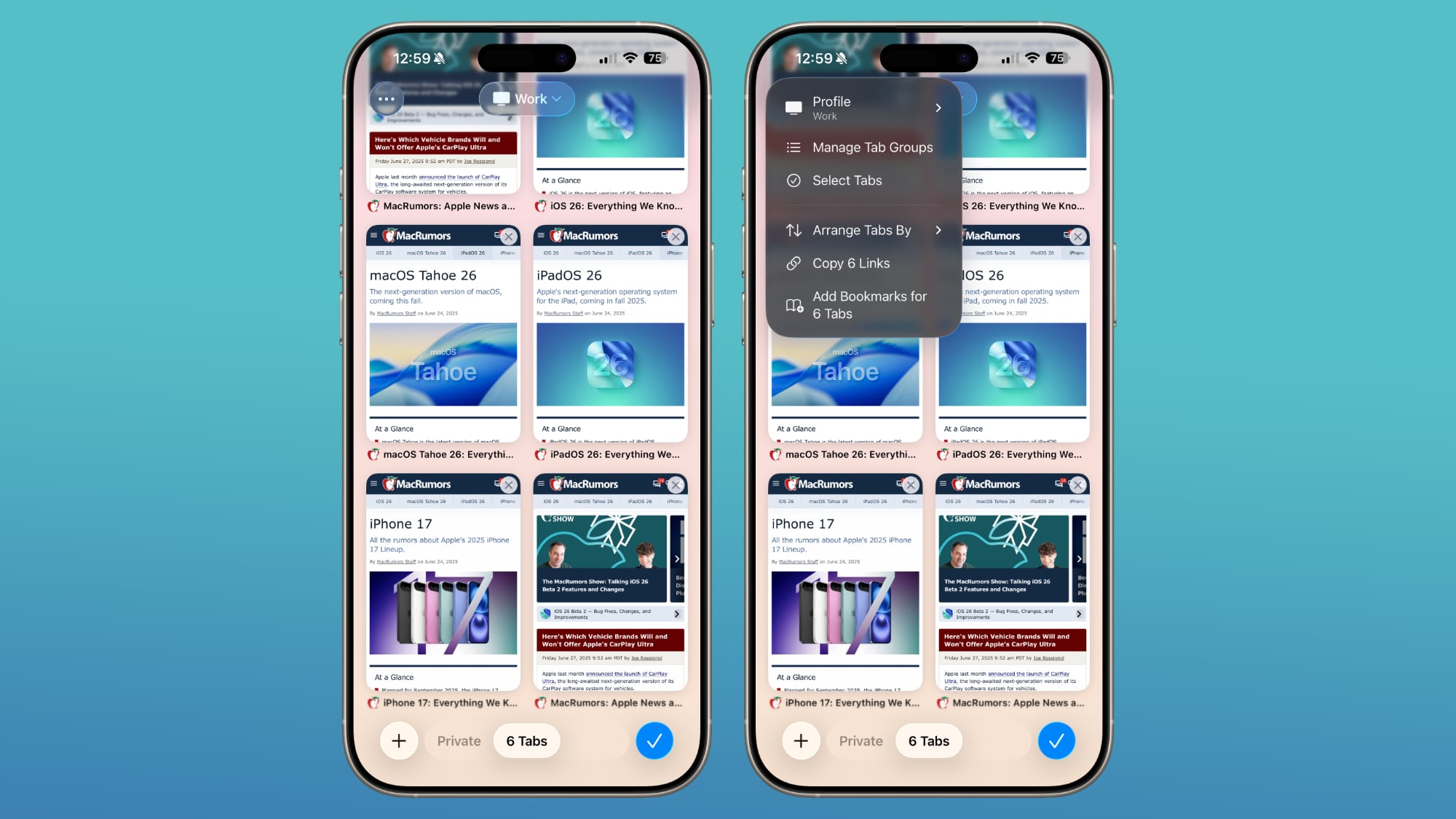
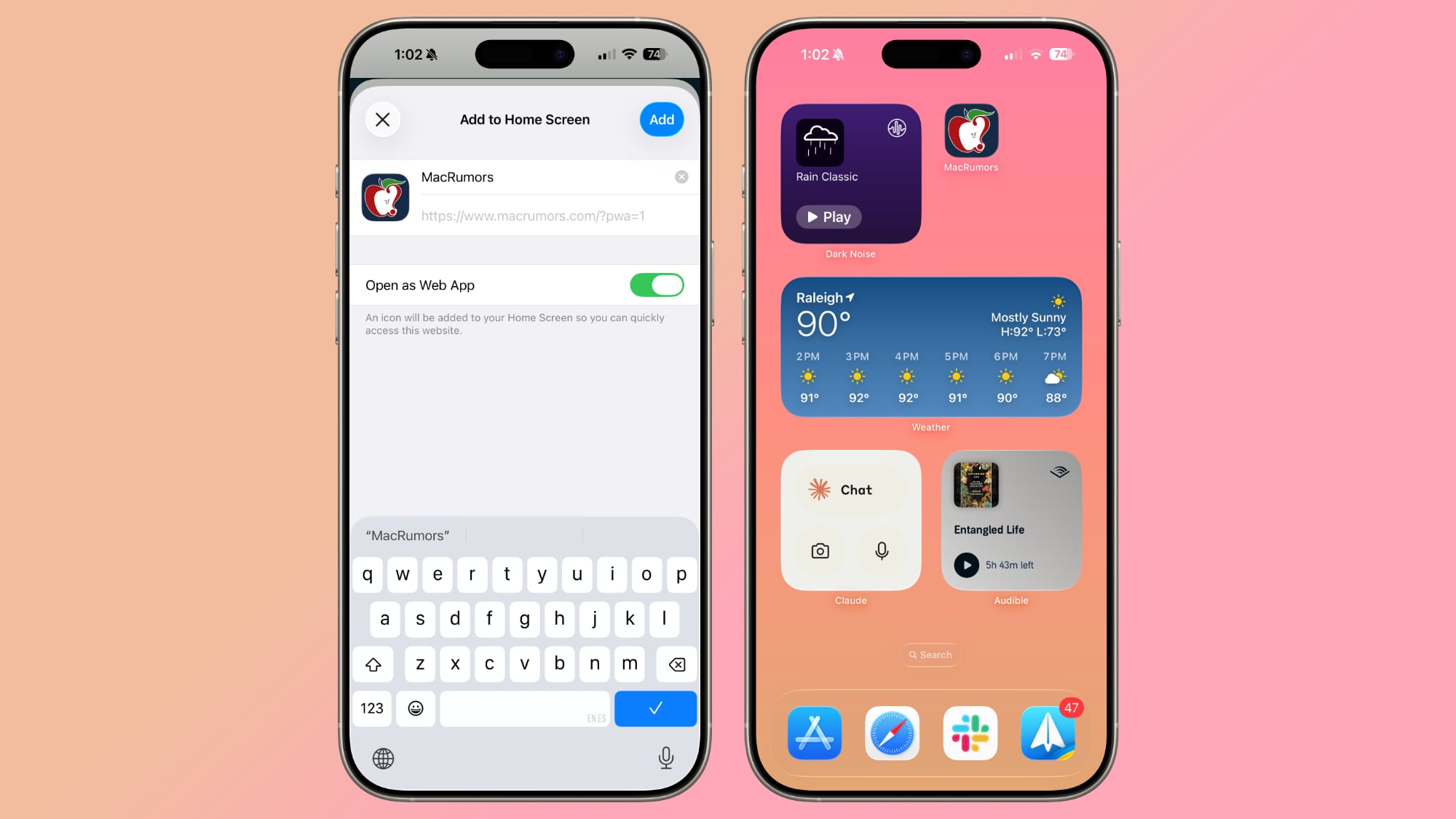
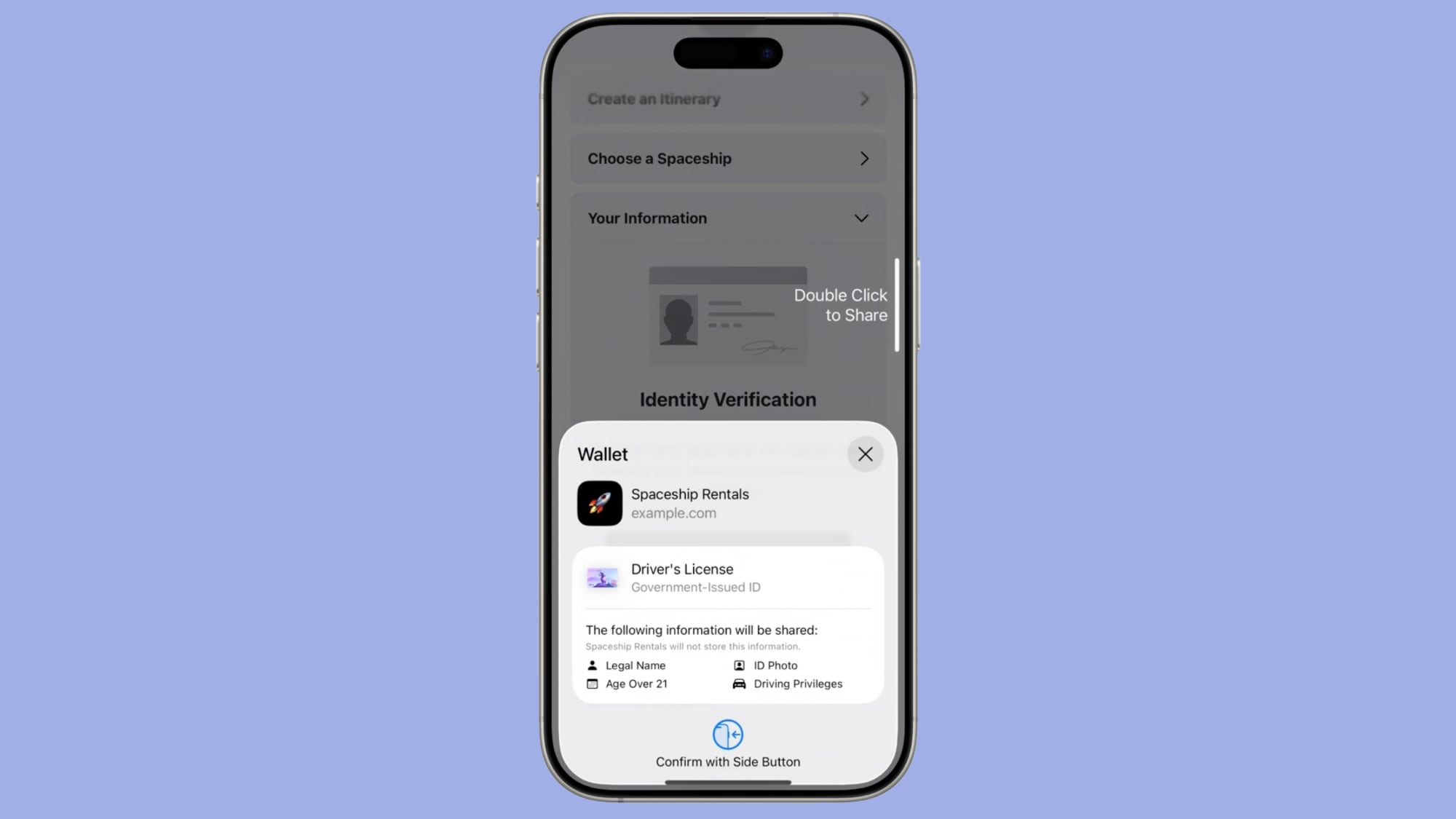

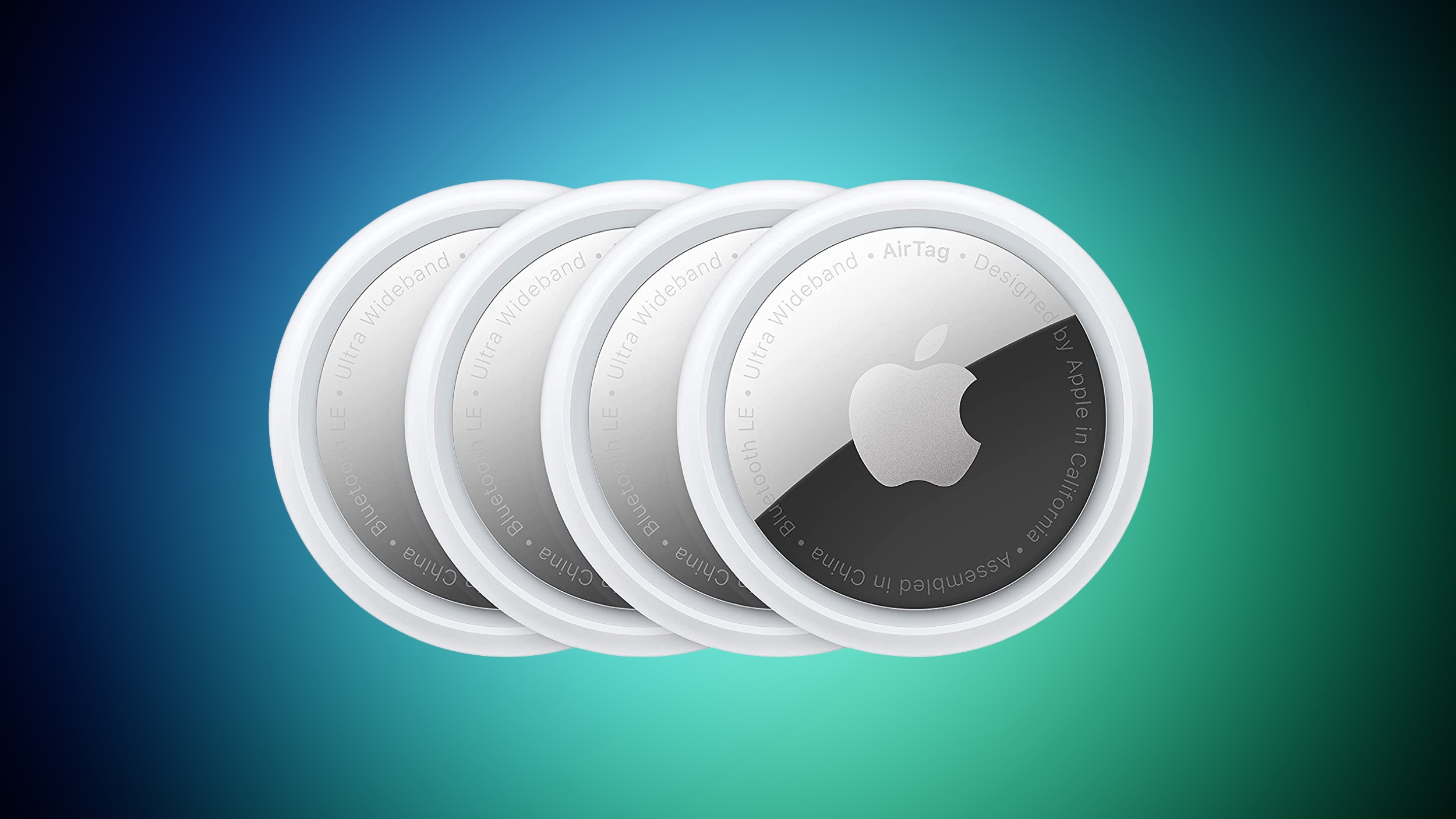
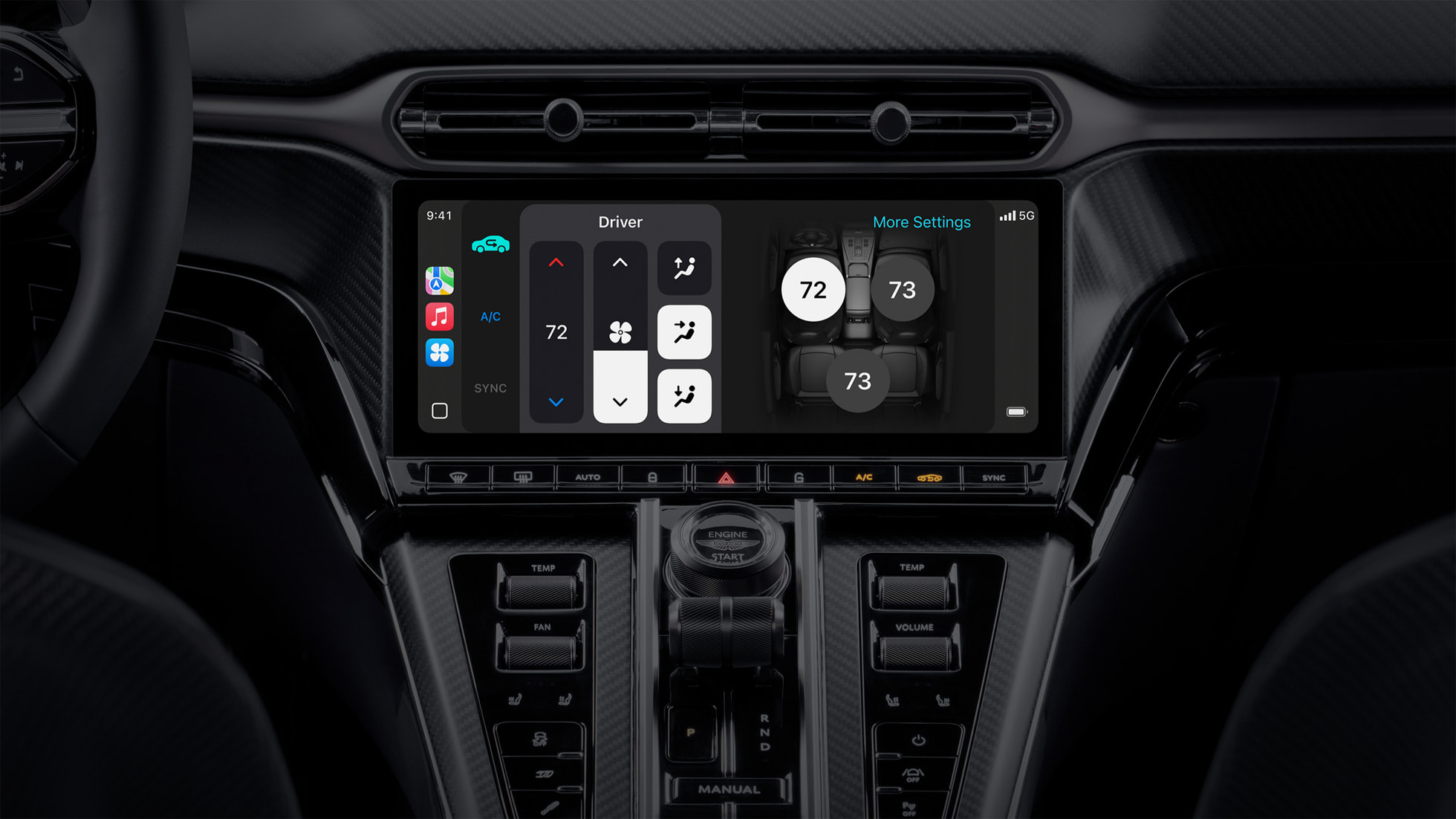
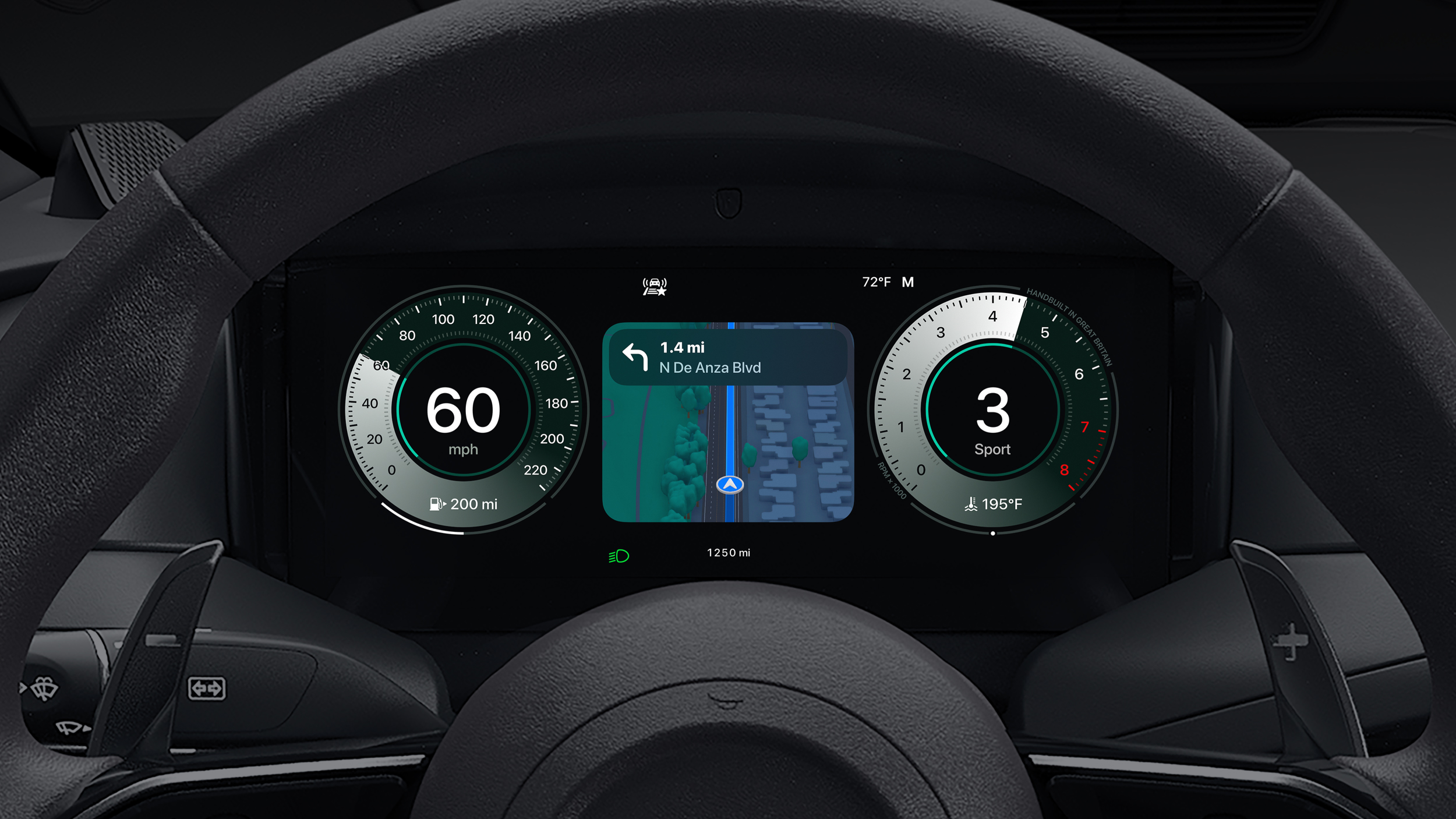

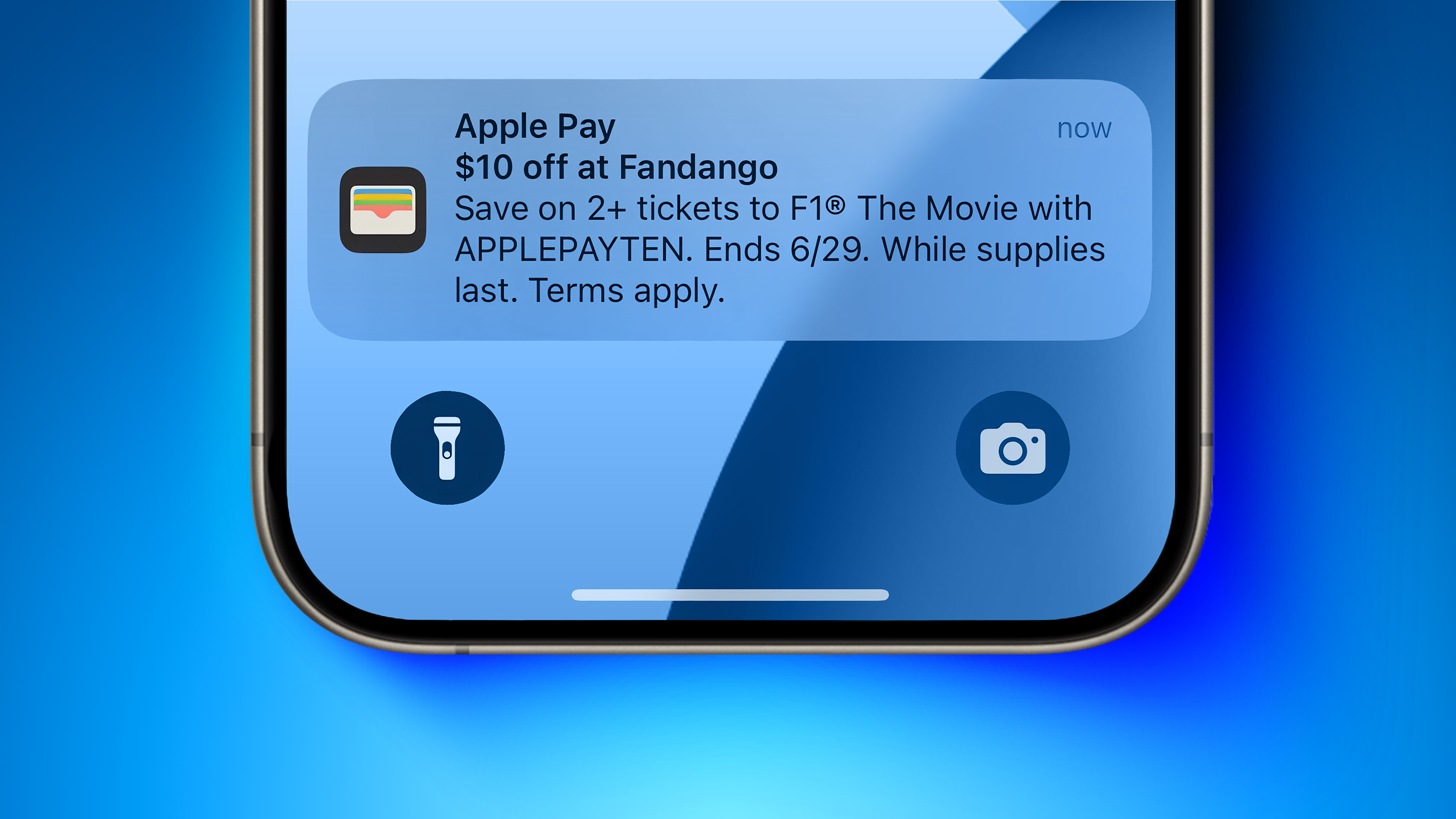
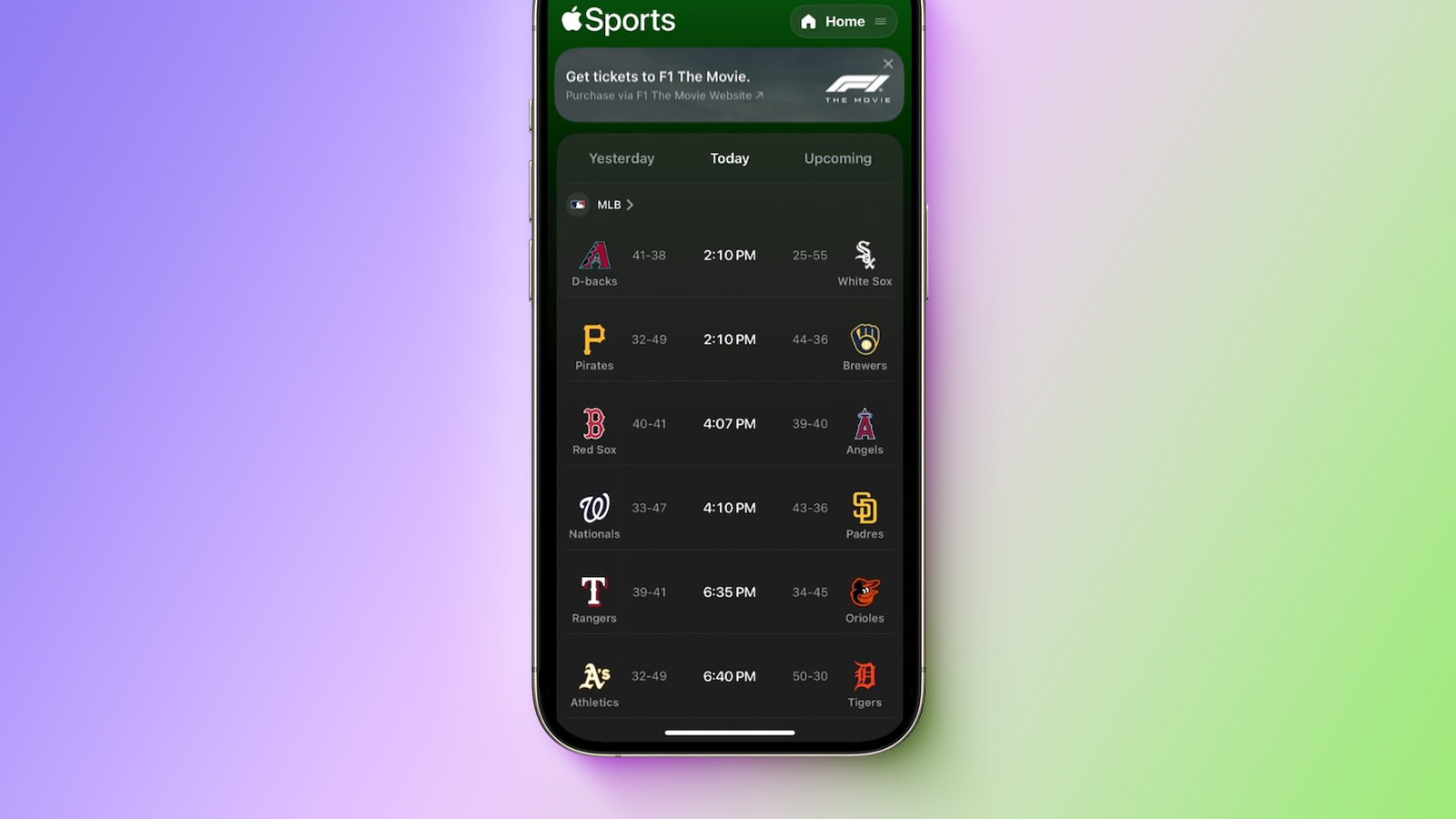
 Note: MacRumors is an affiliate partner with some of these vendors. When you click a link and make a purchase, we may receive a small payment, which helps us keep the site running.
Note: MacRumors is an affiliate partner with some of these vendors. When you click a link and make a purchase, we may receive a small payment, which helps us keep the site running.
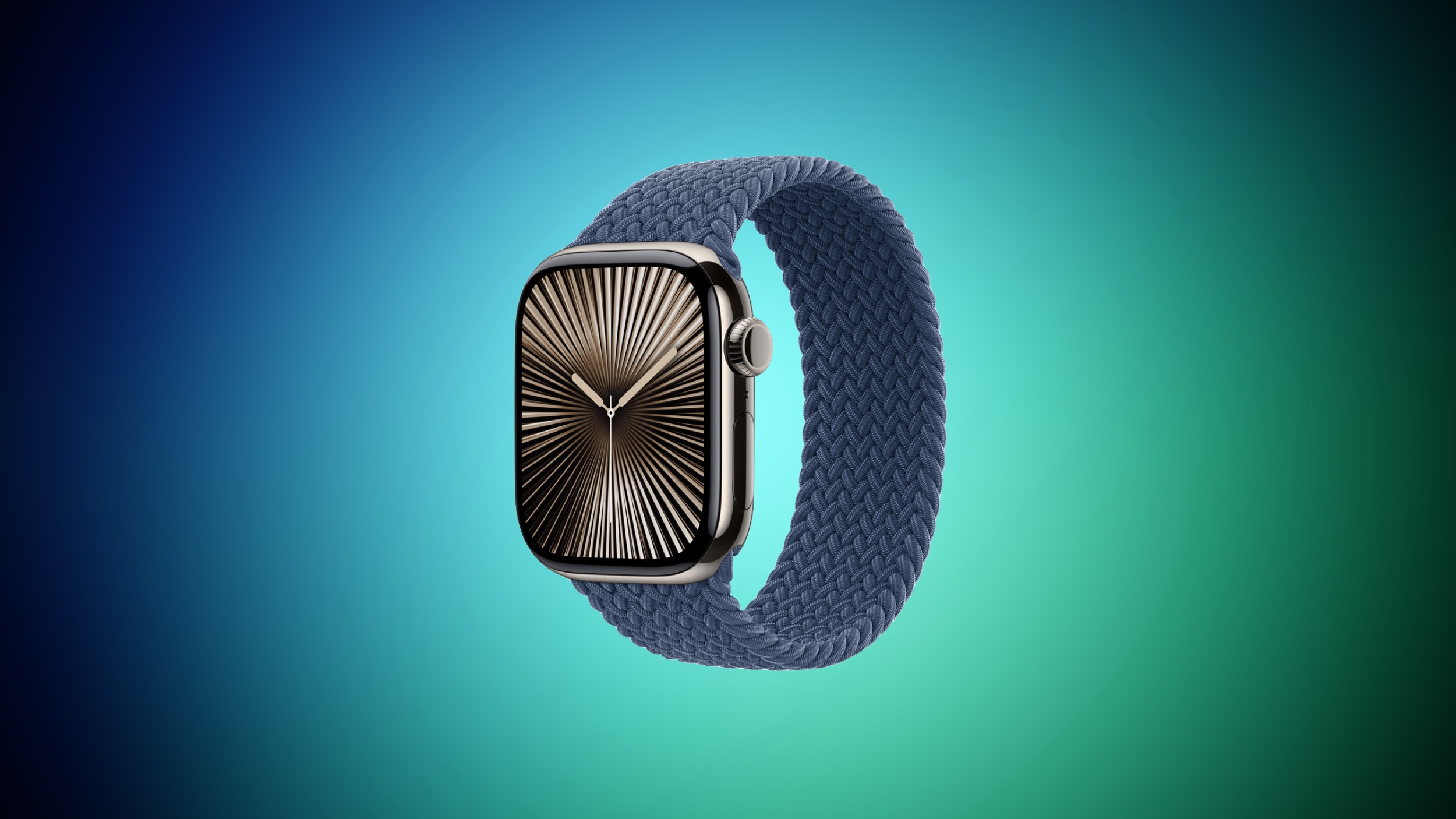
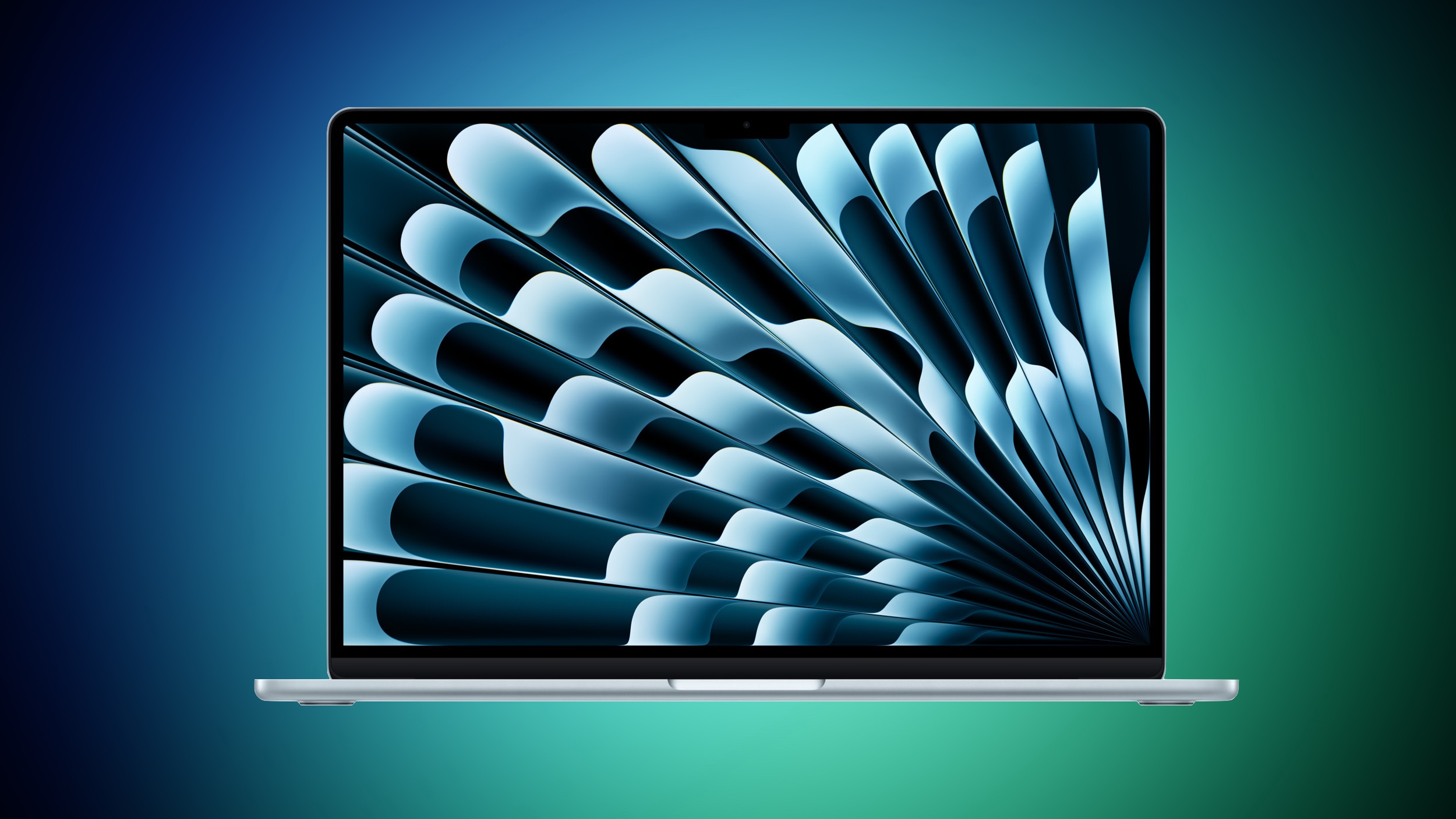
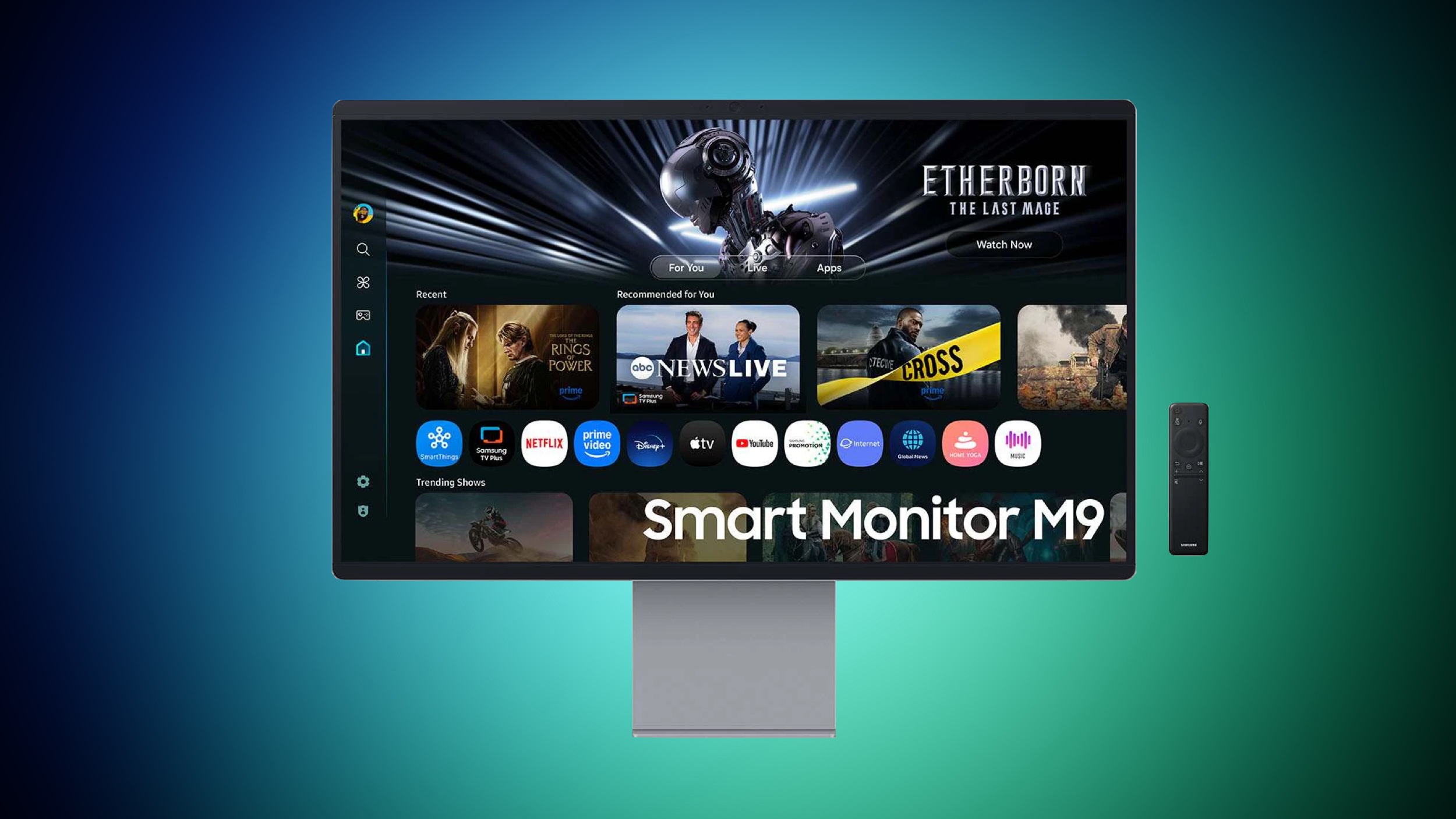
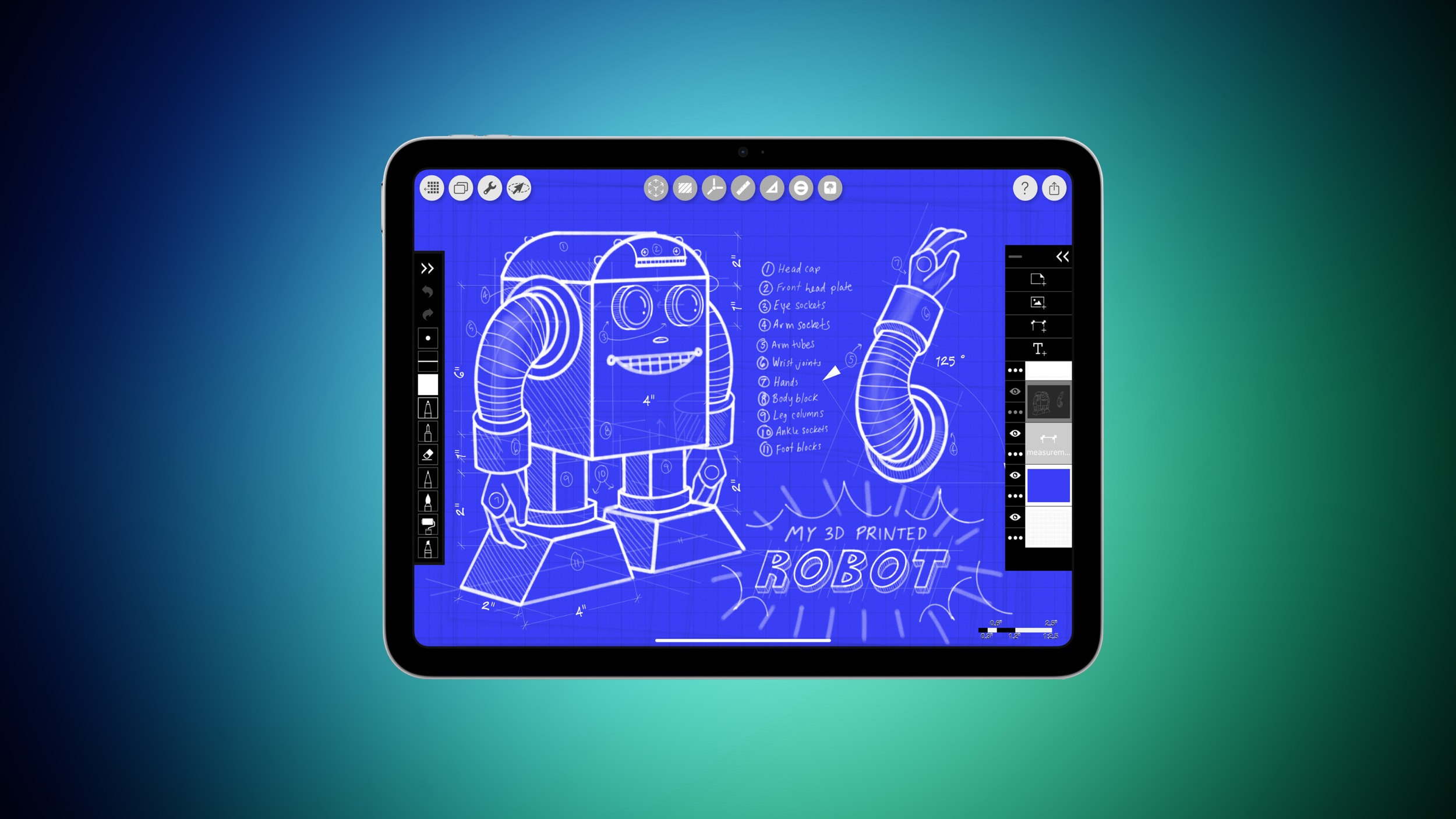
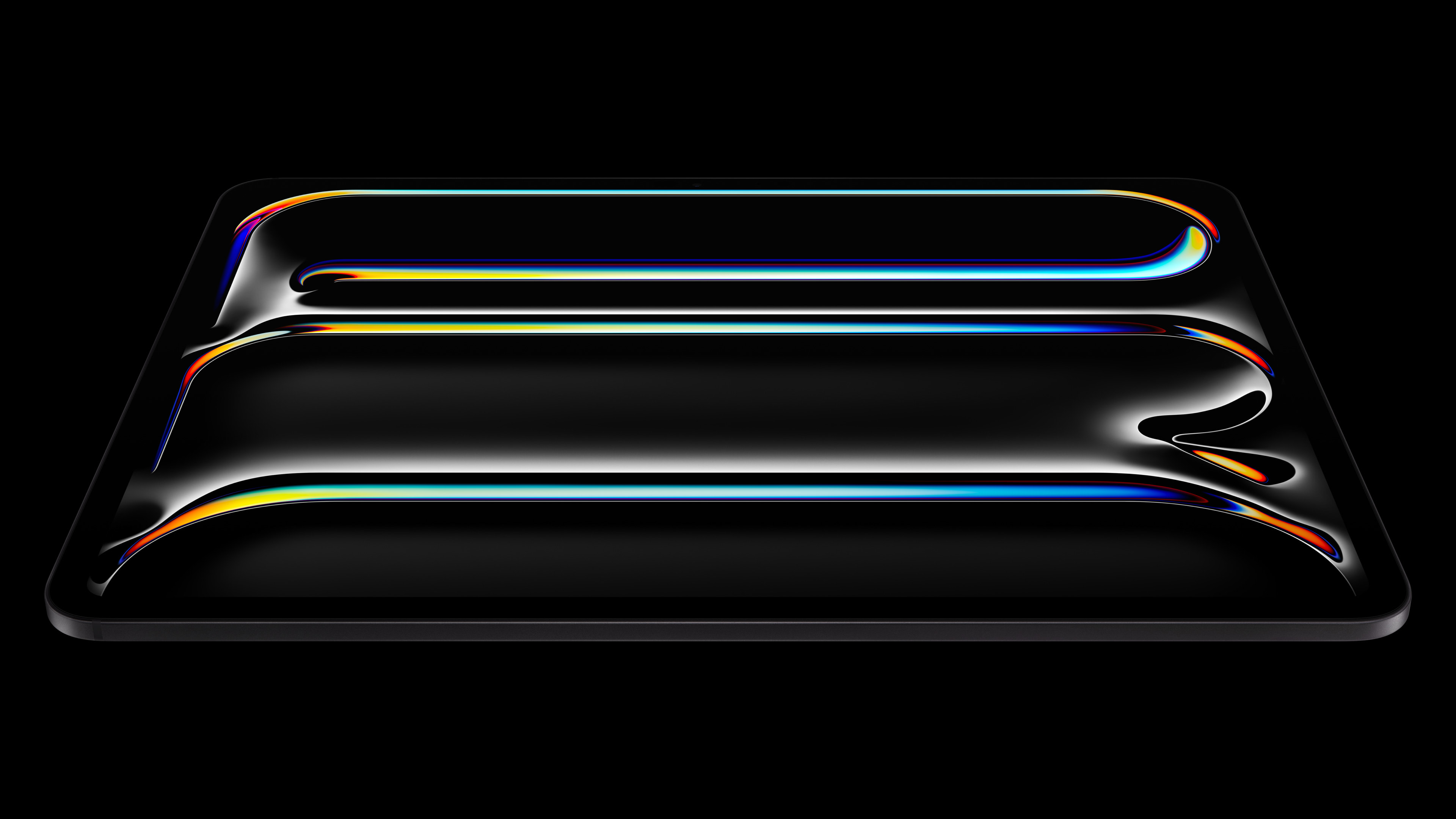
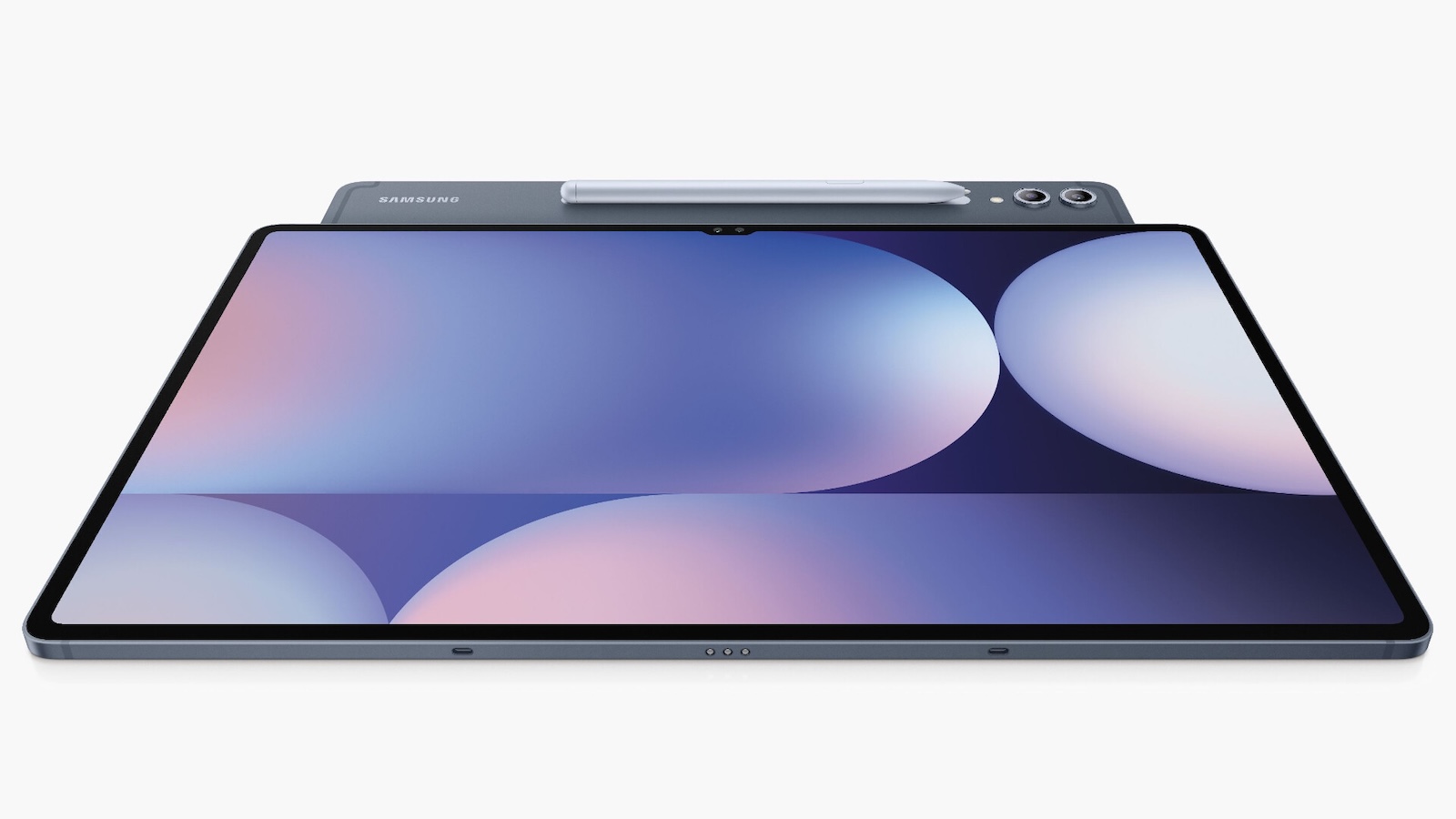 Samsung's Galaxy Tab S10 Ultra
Samsung's Galaxy Tab S10 Ultra